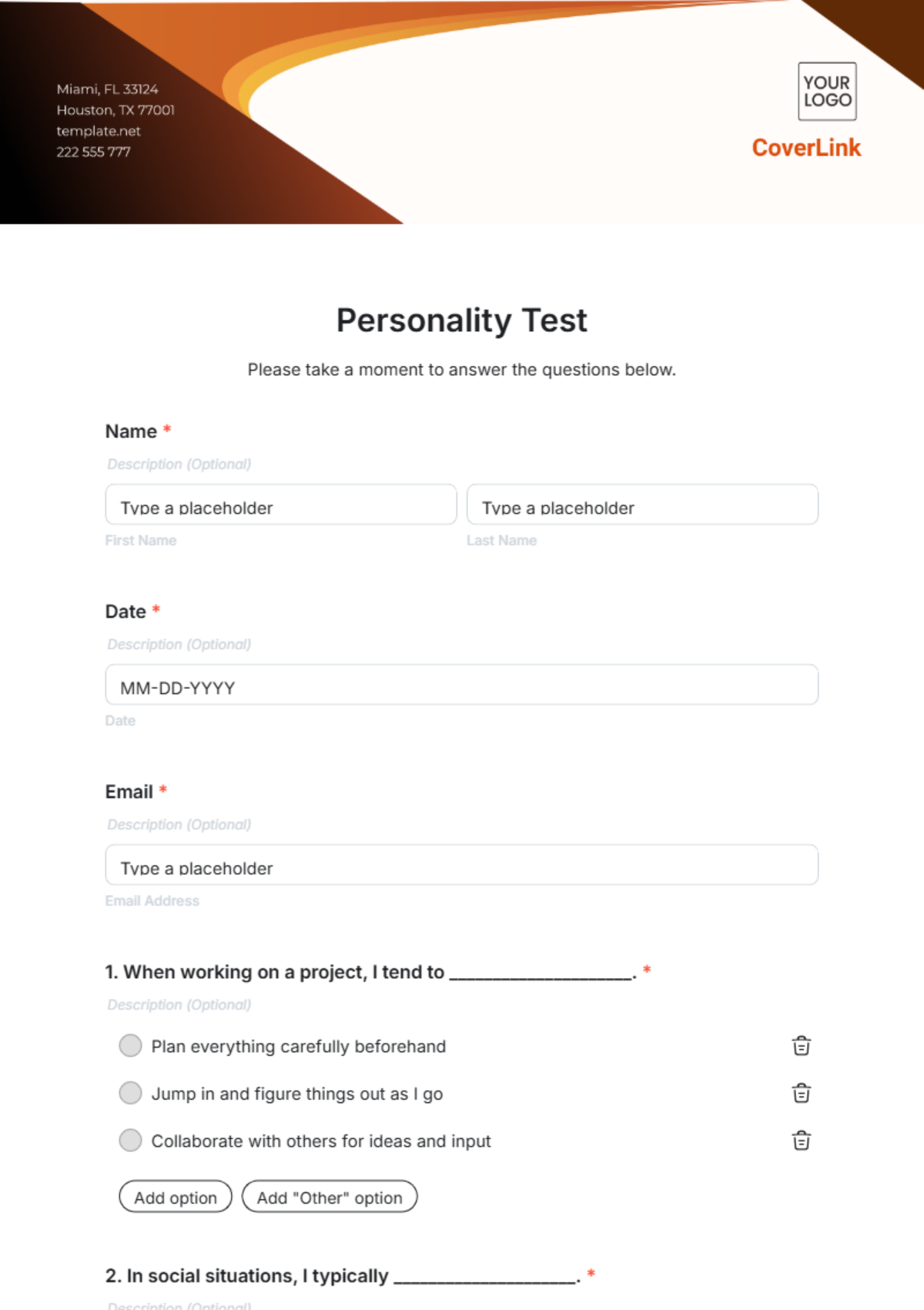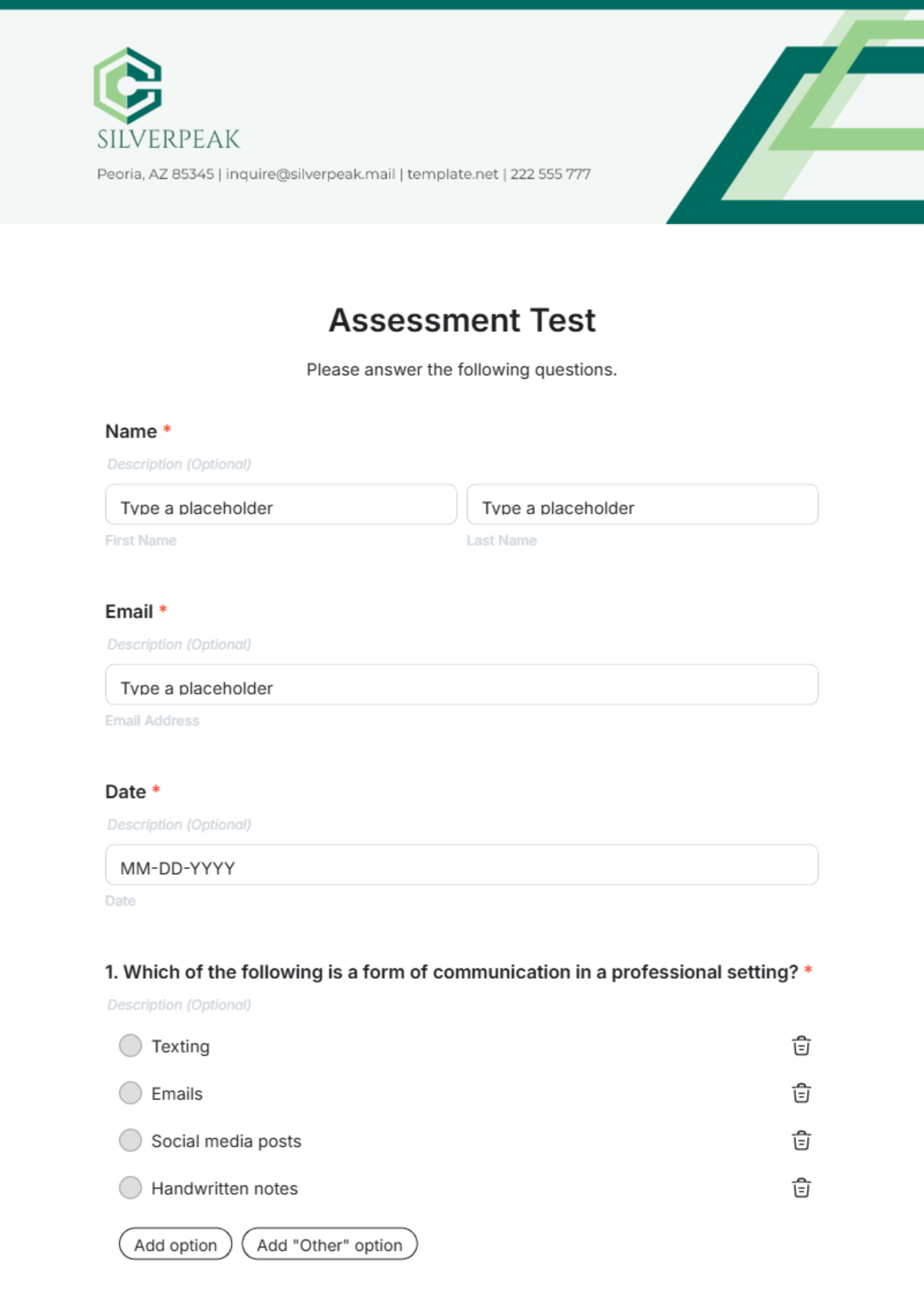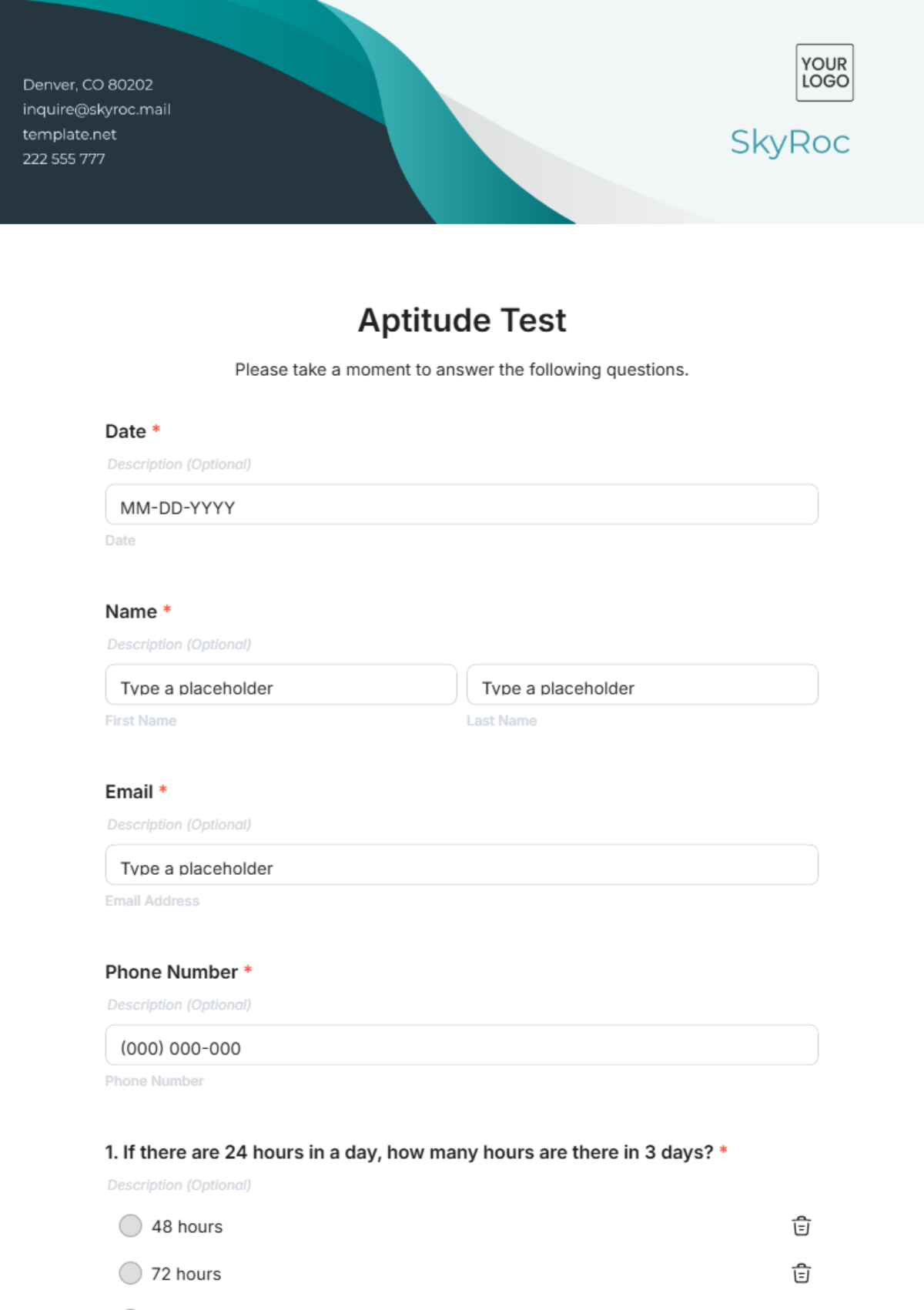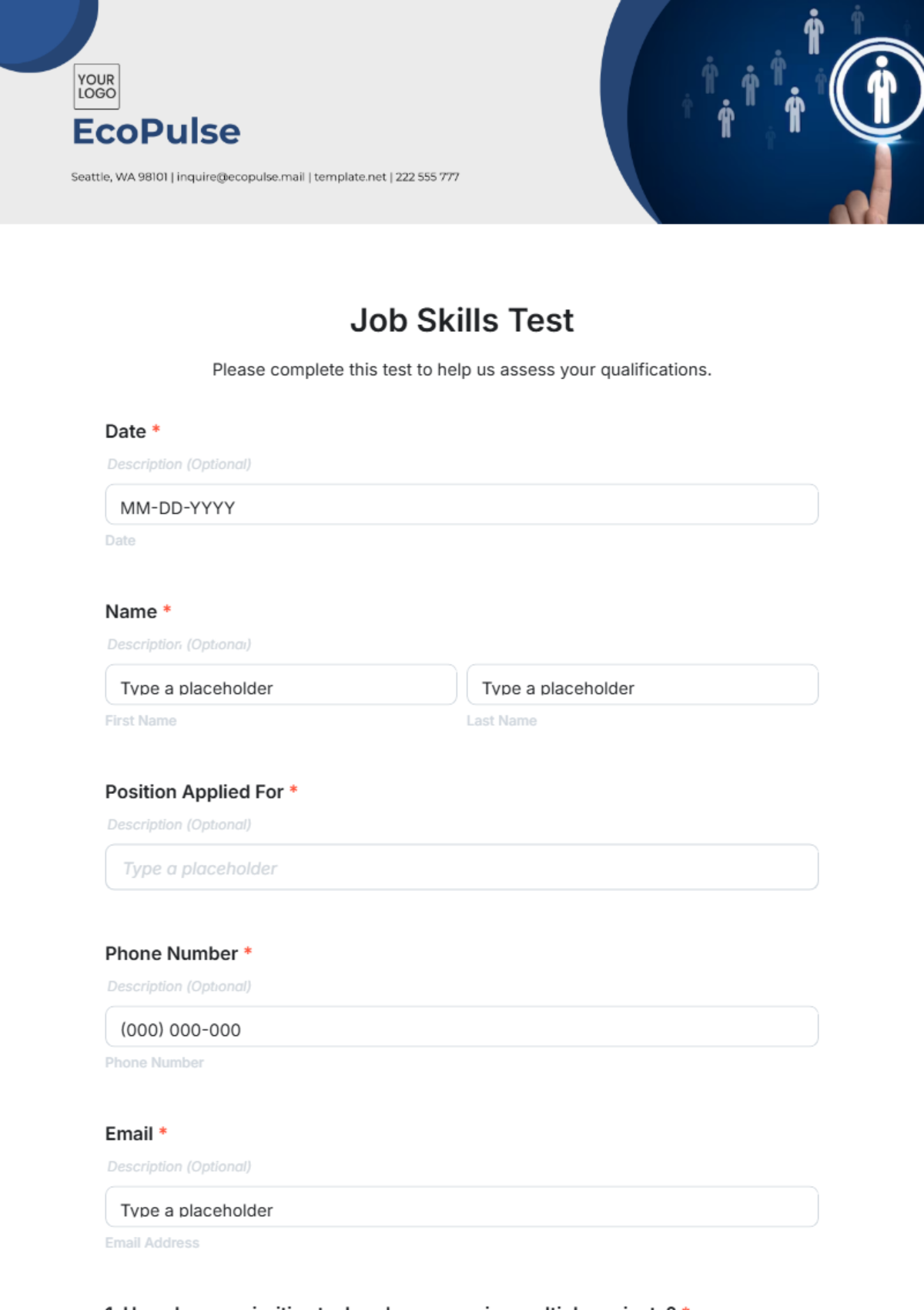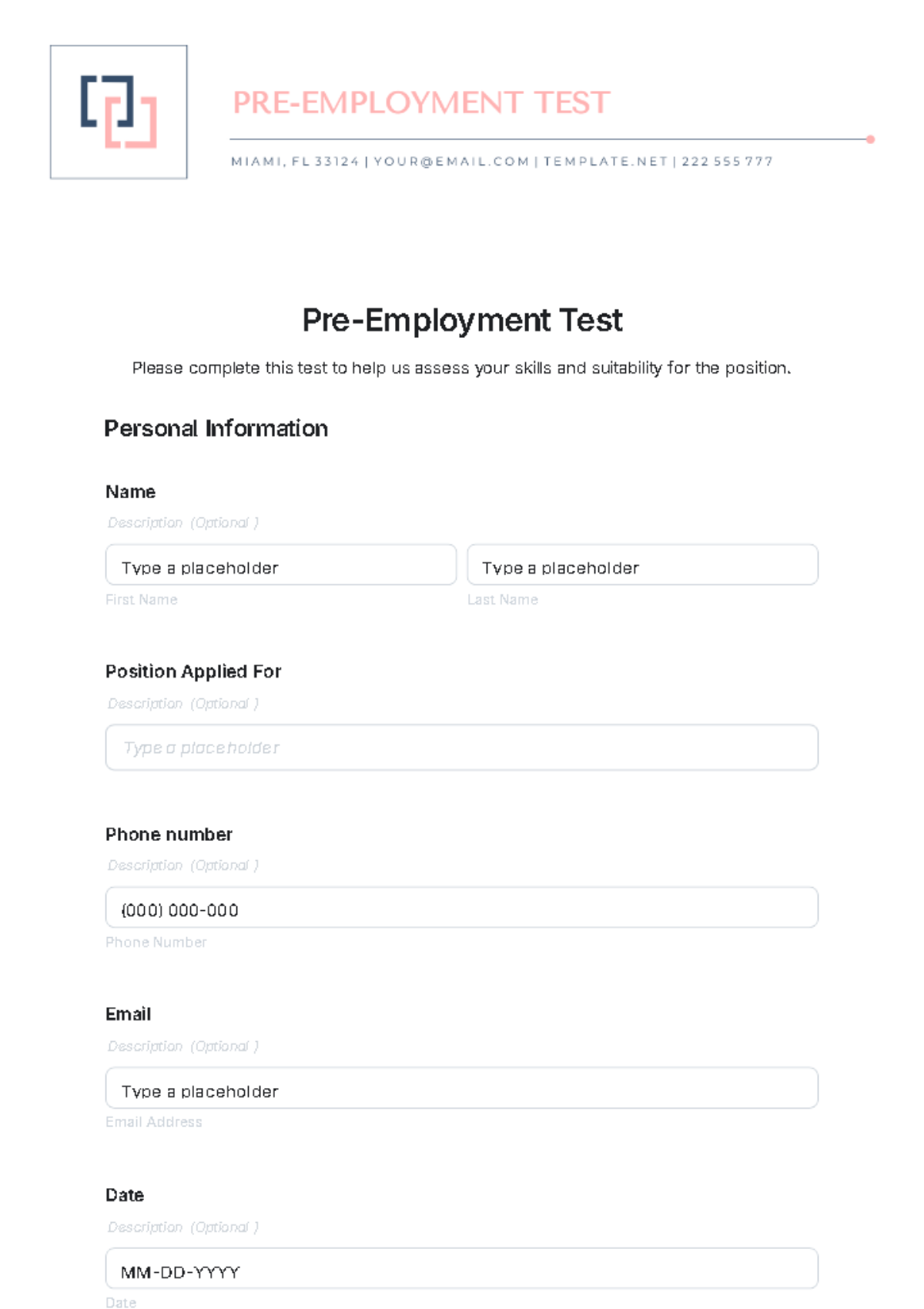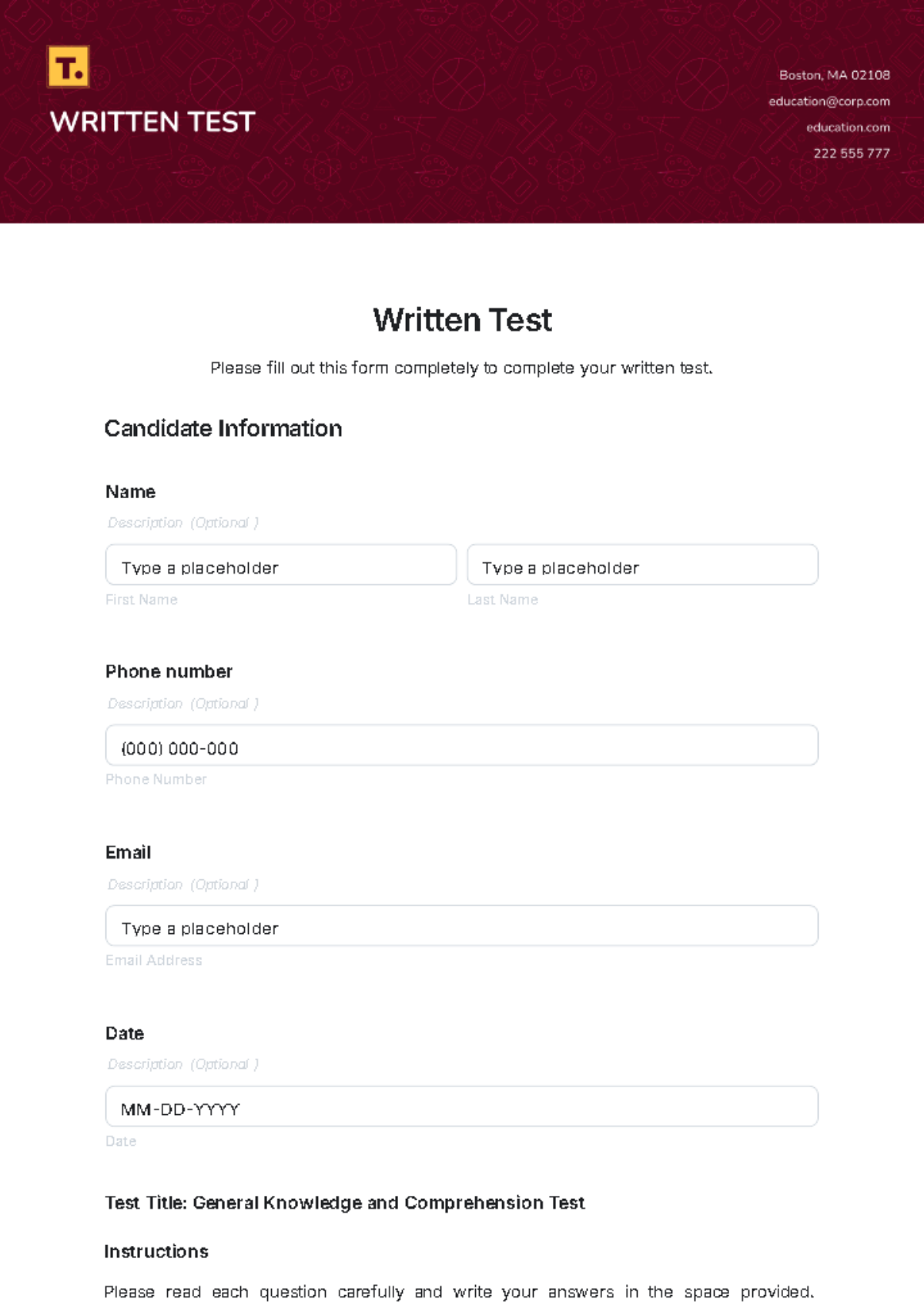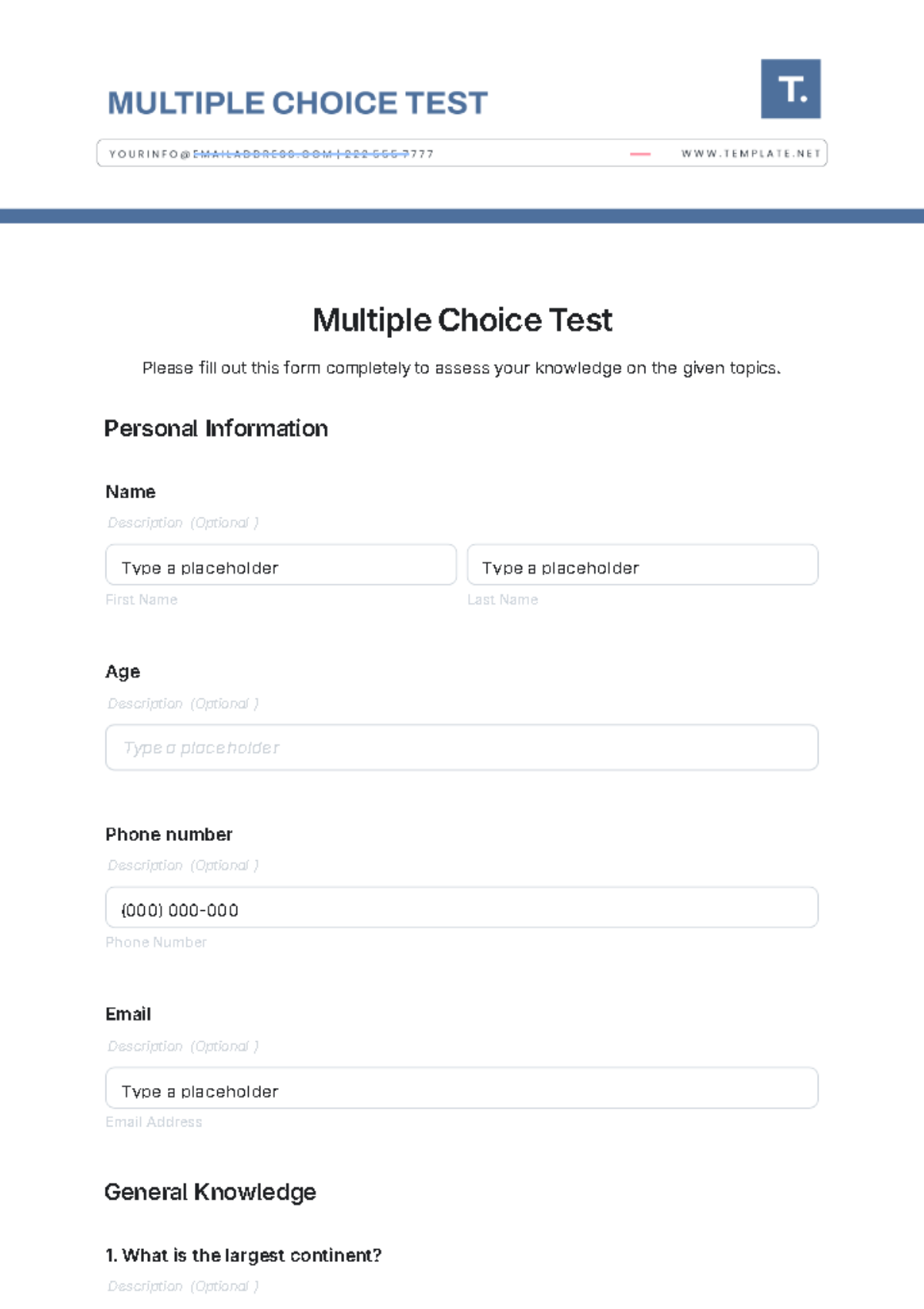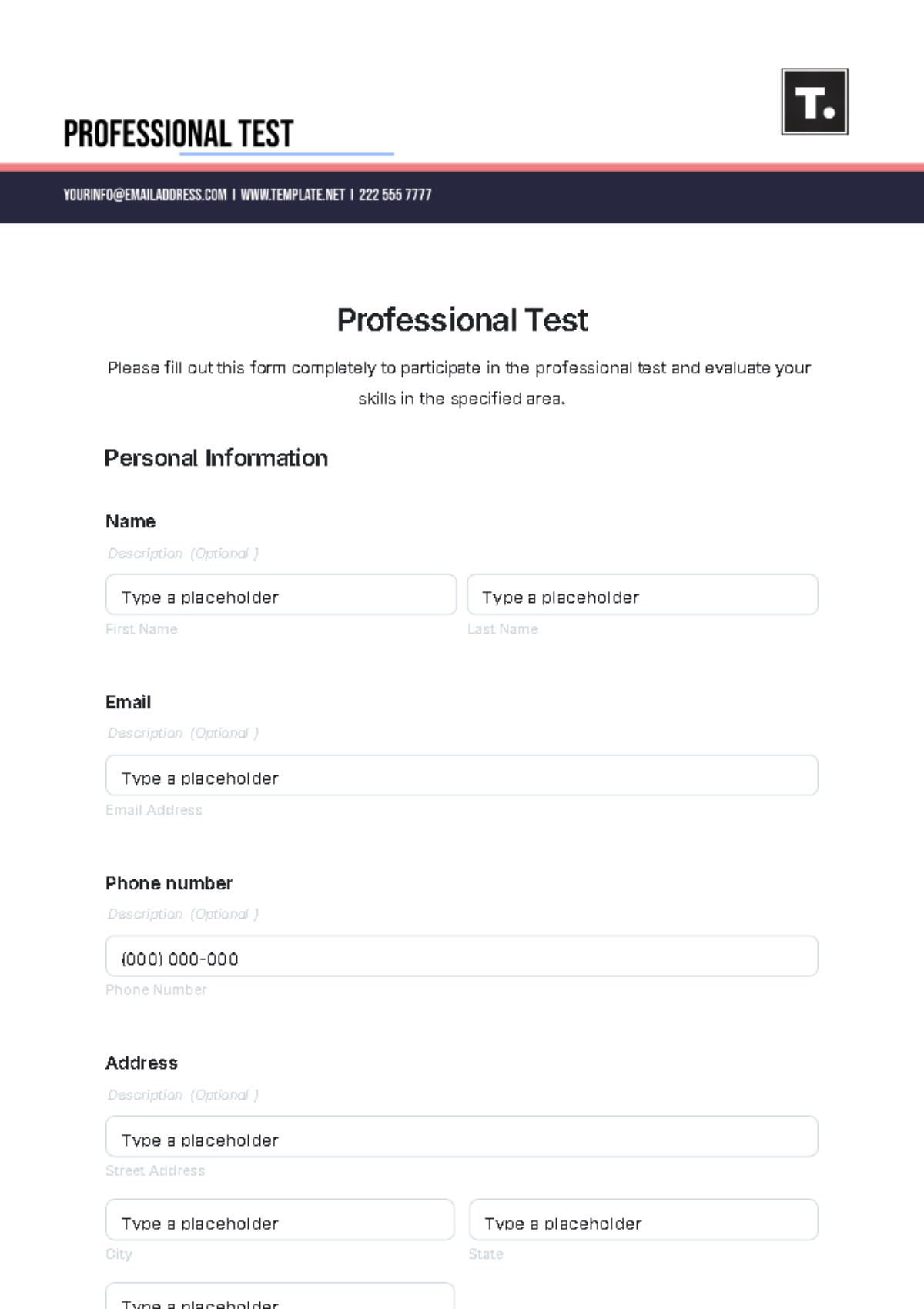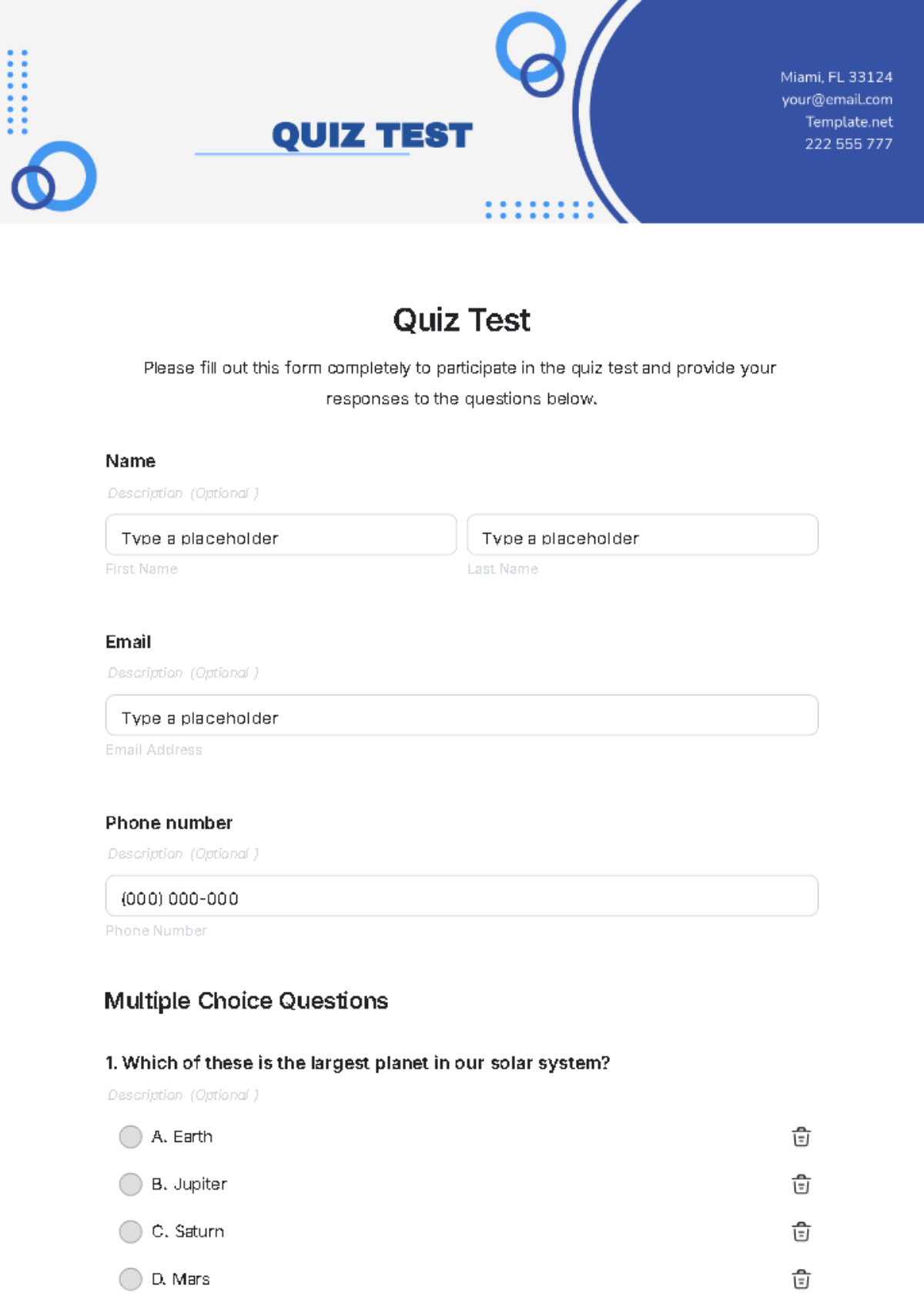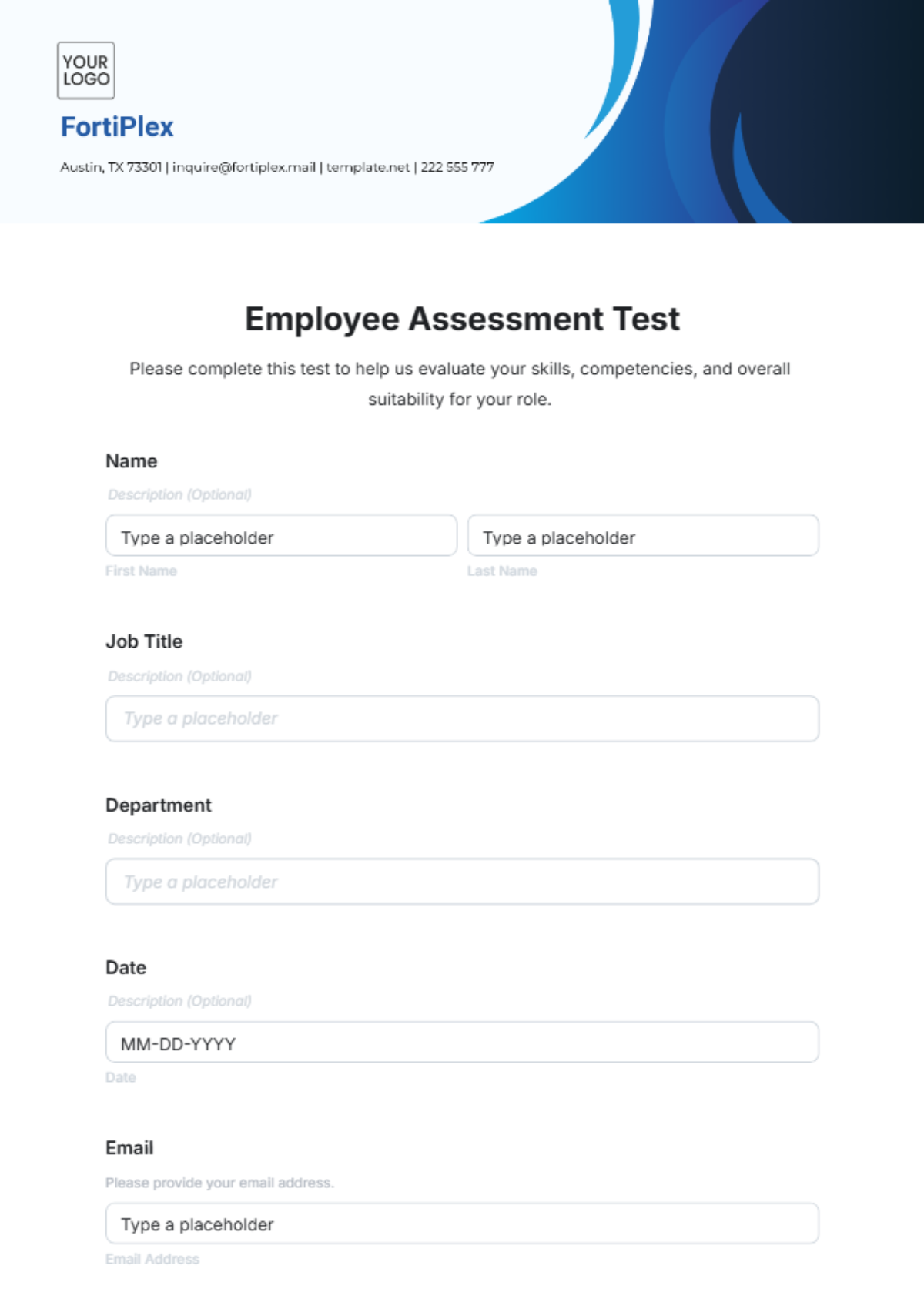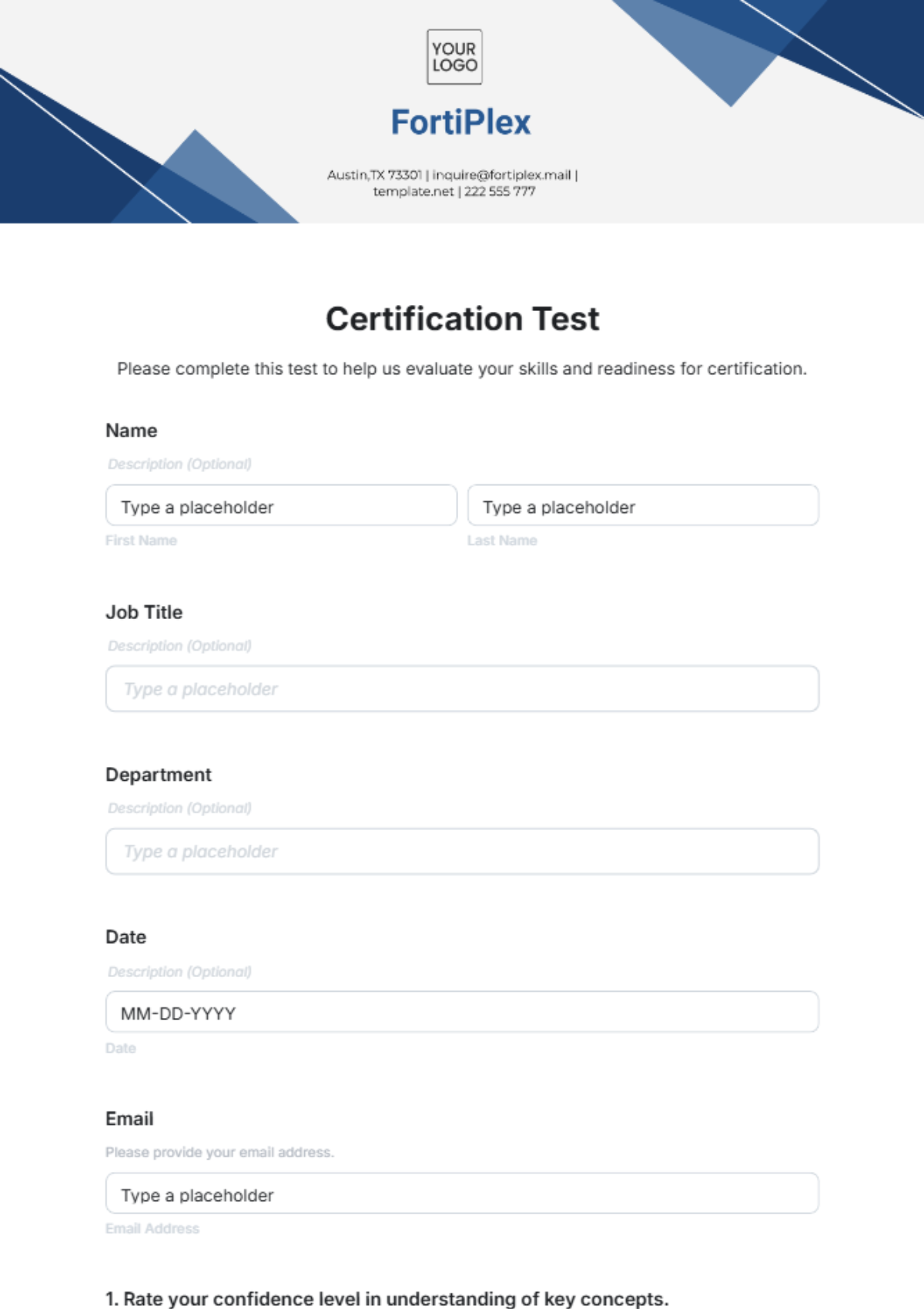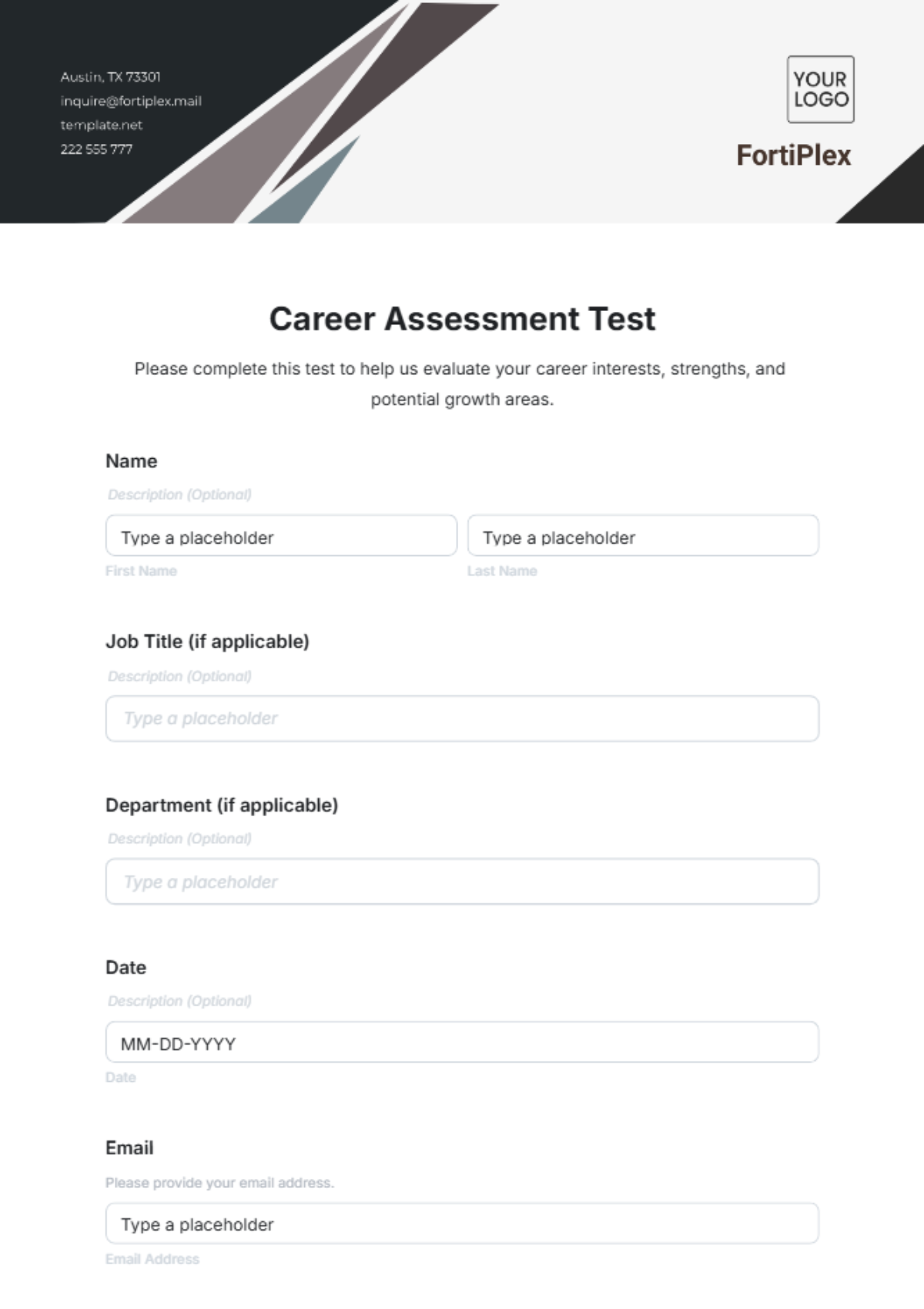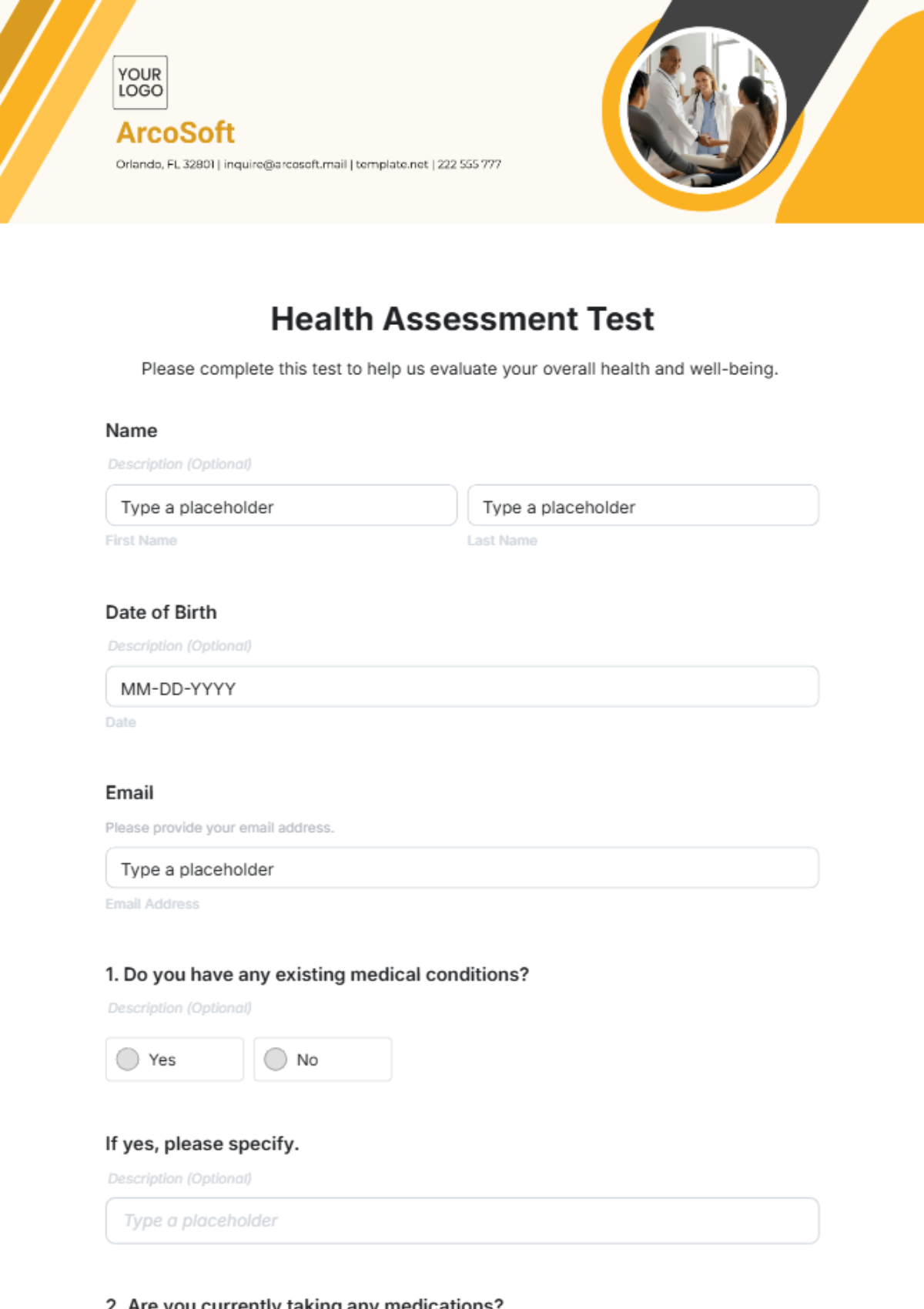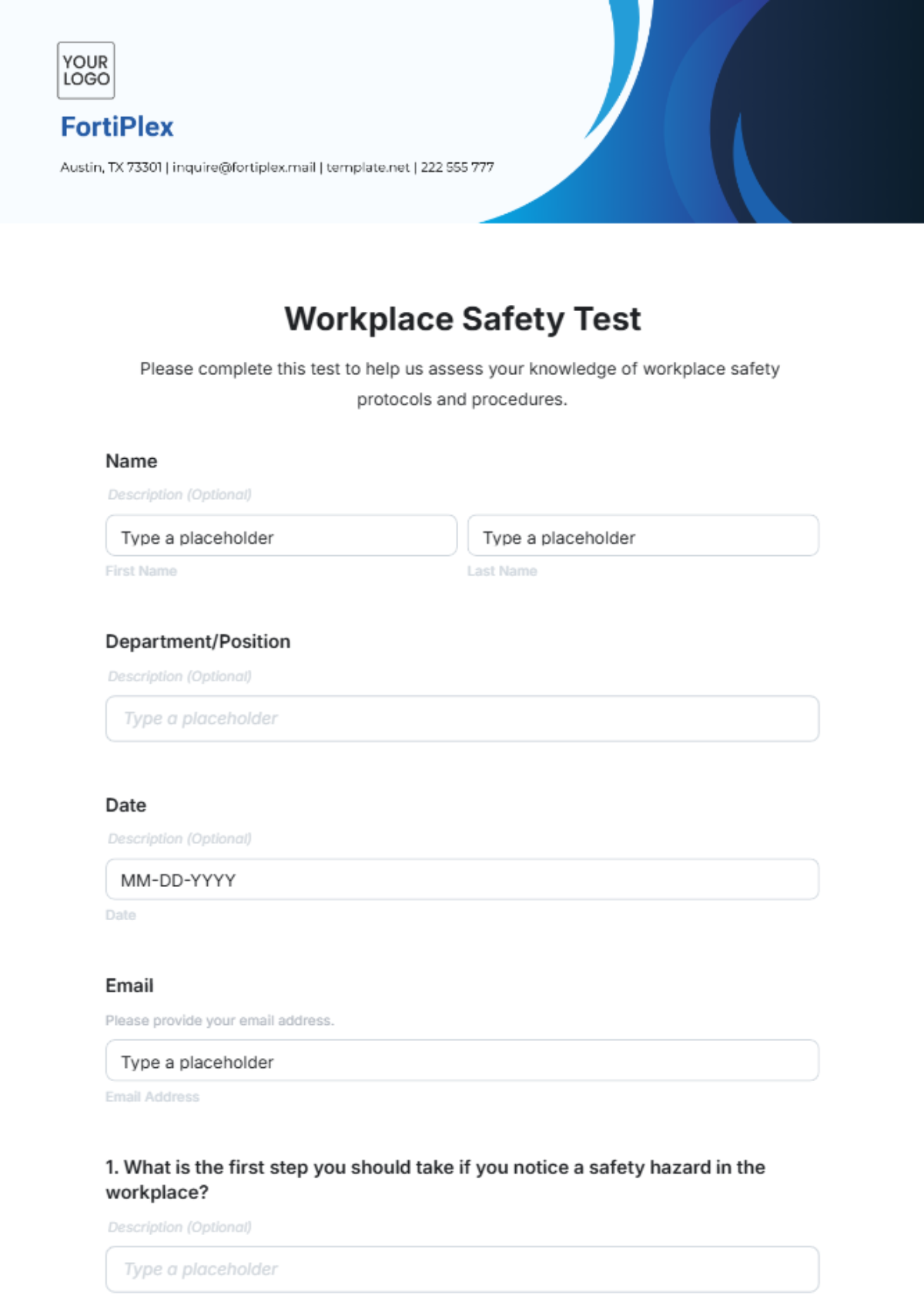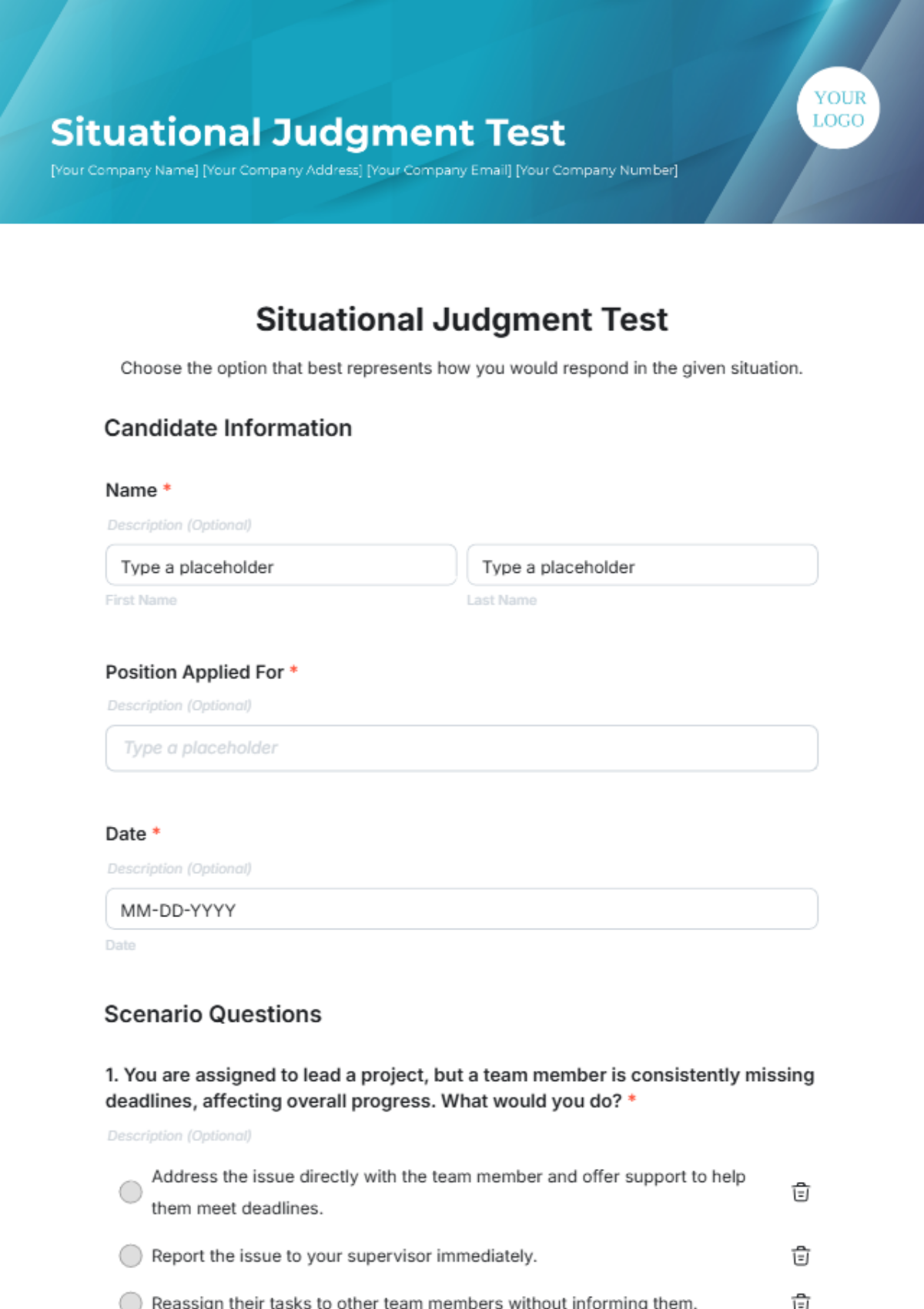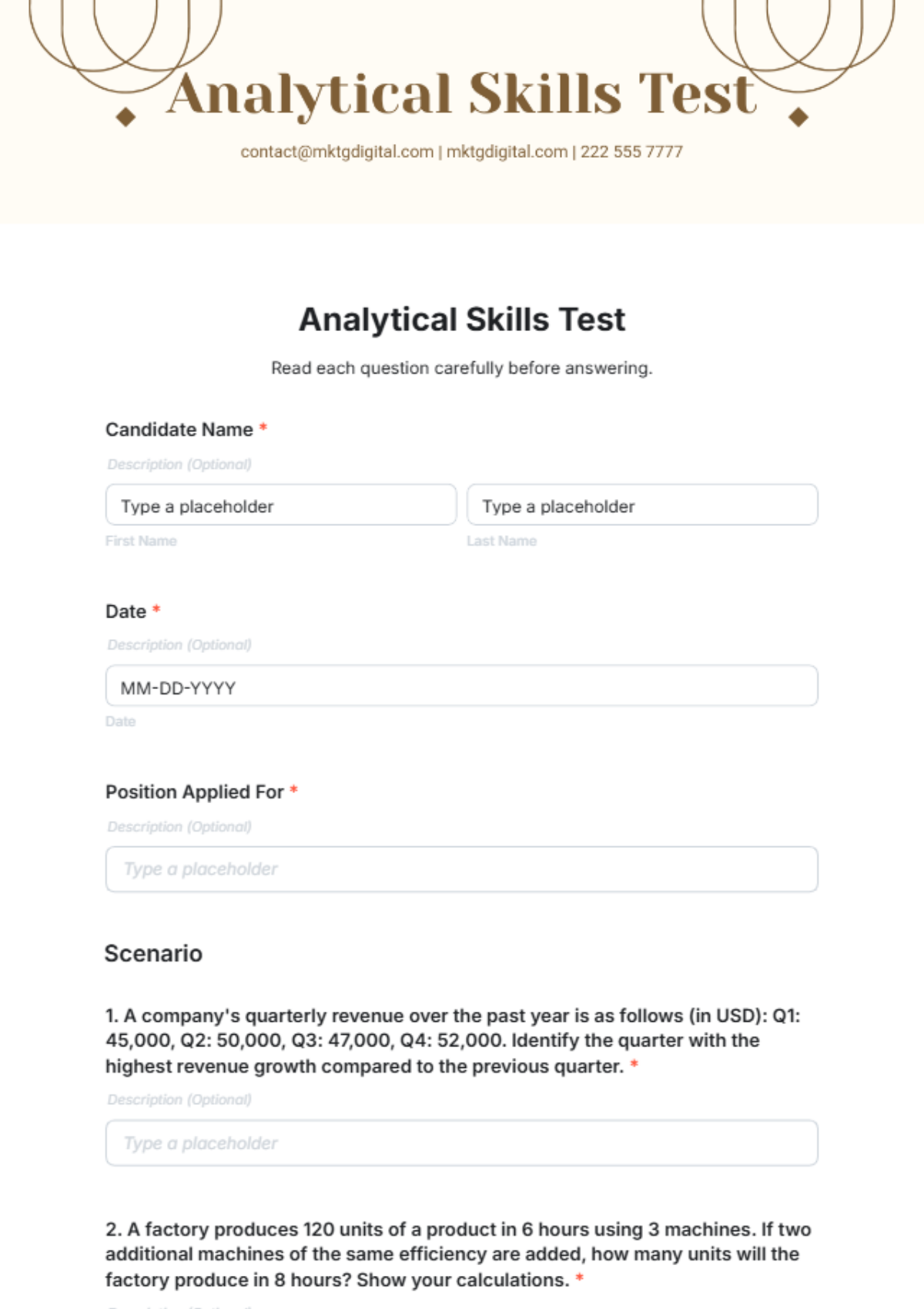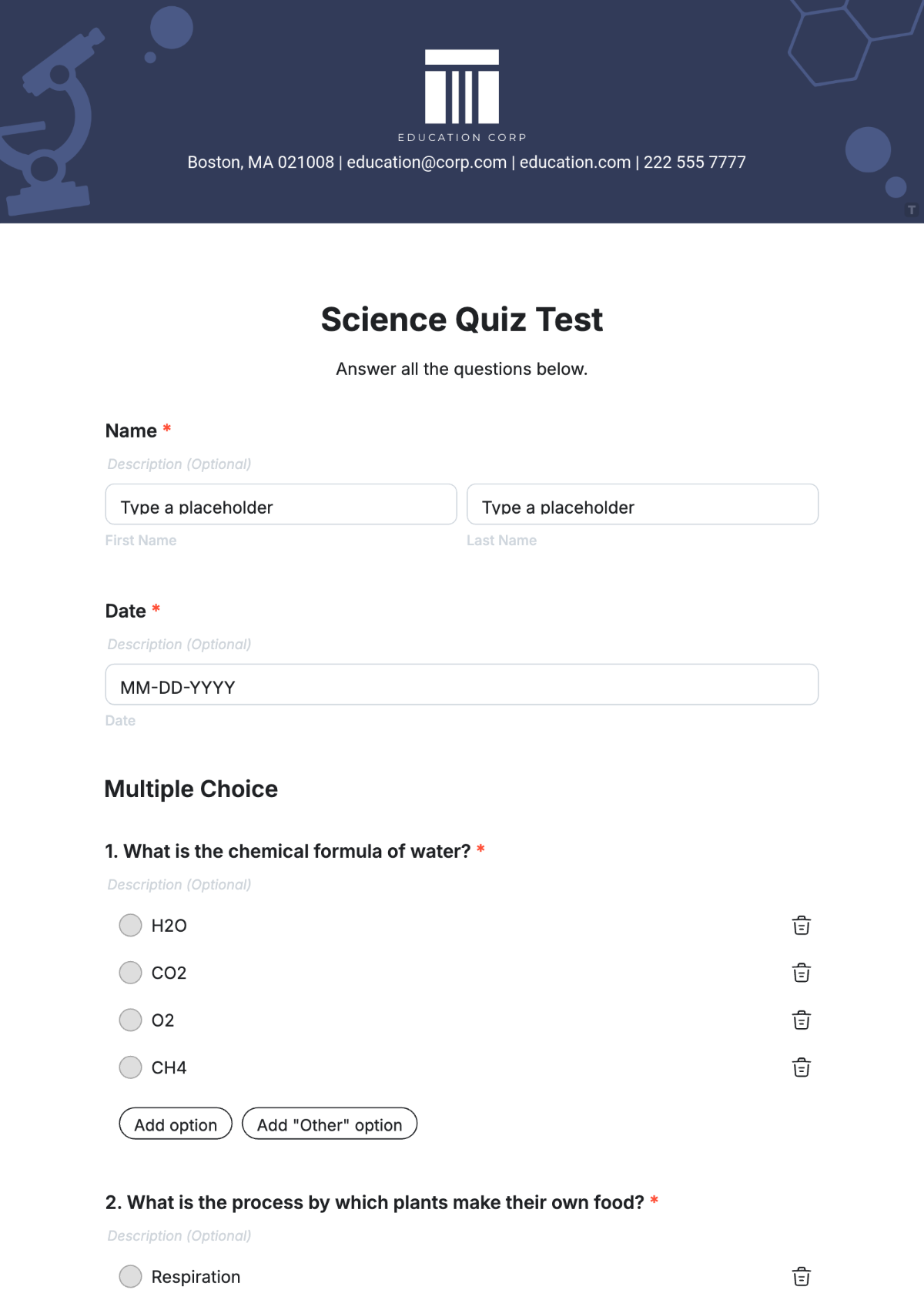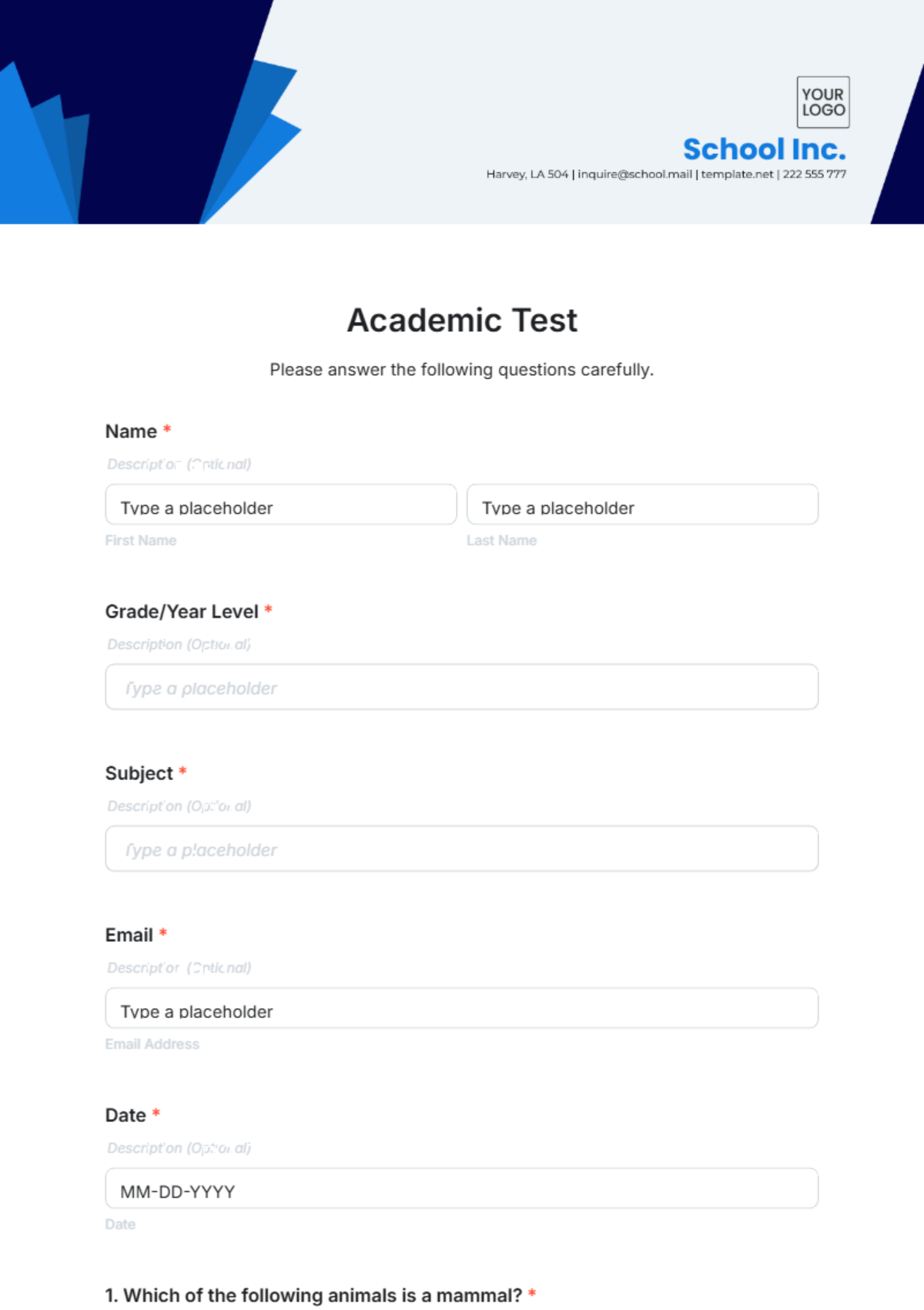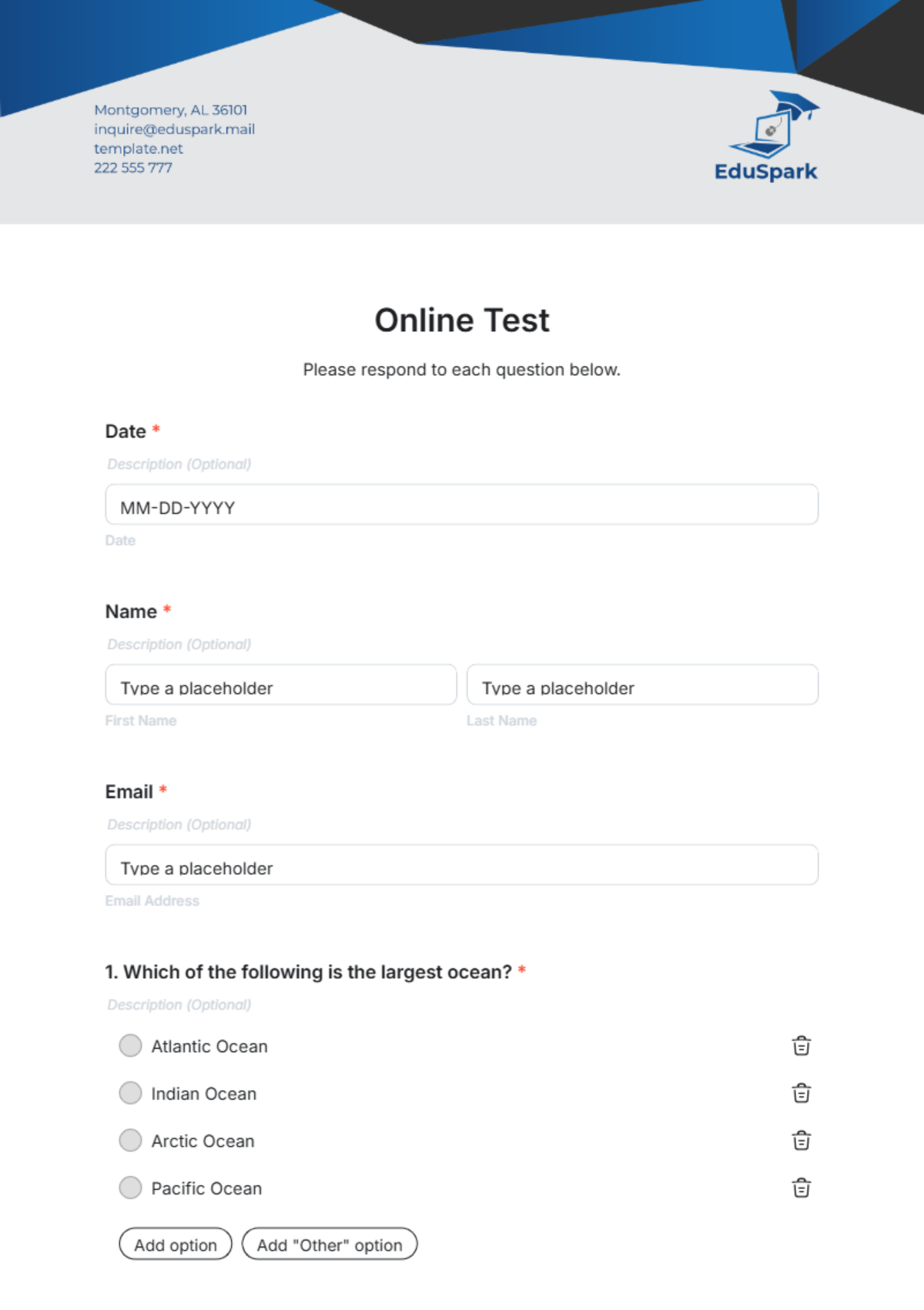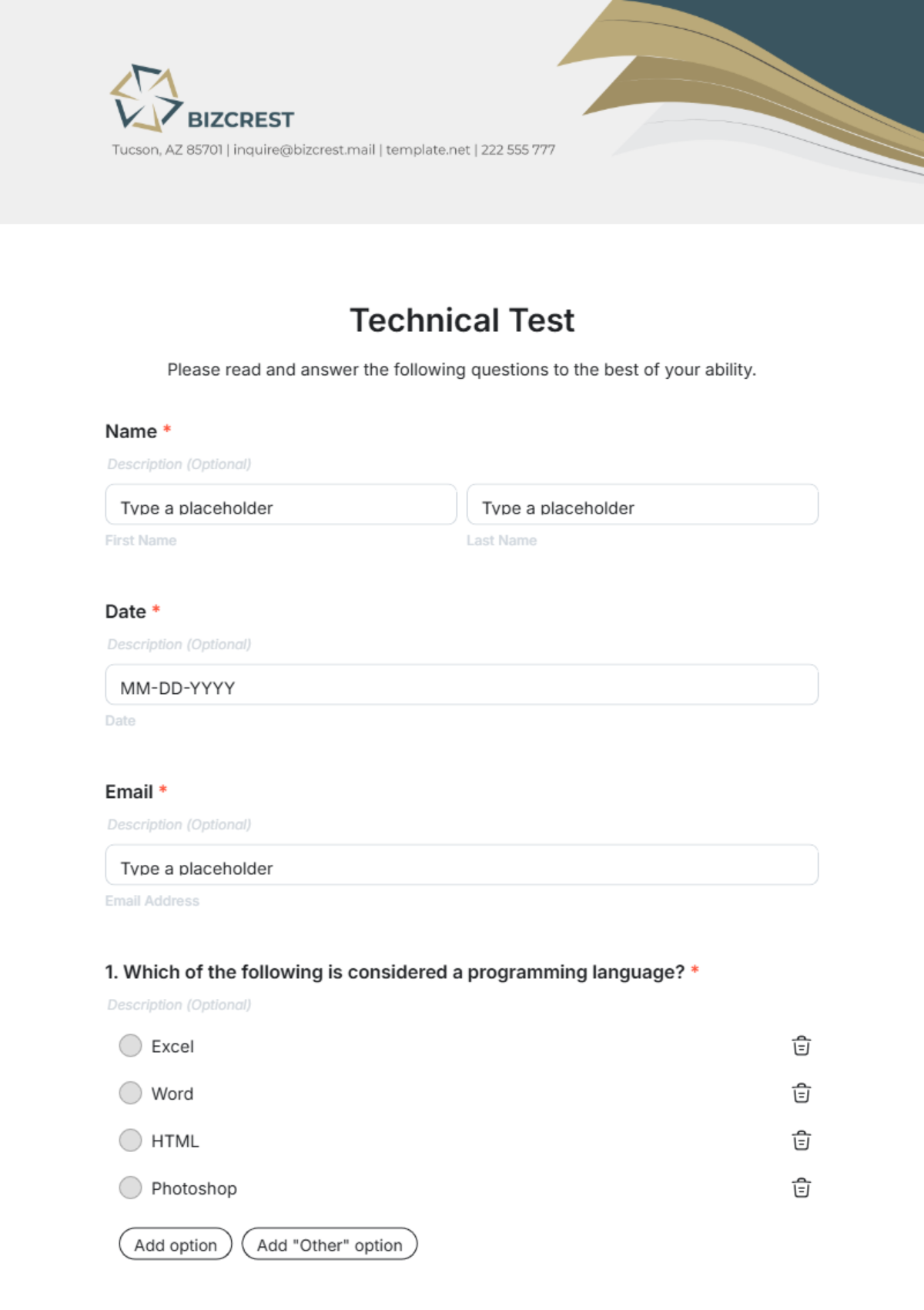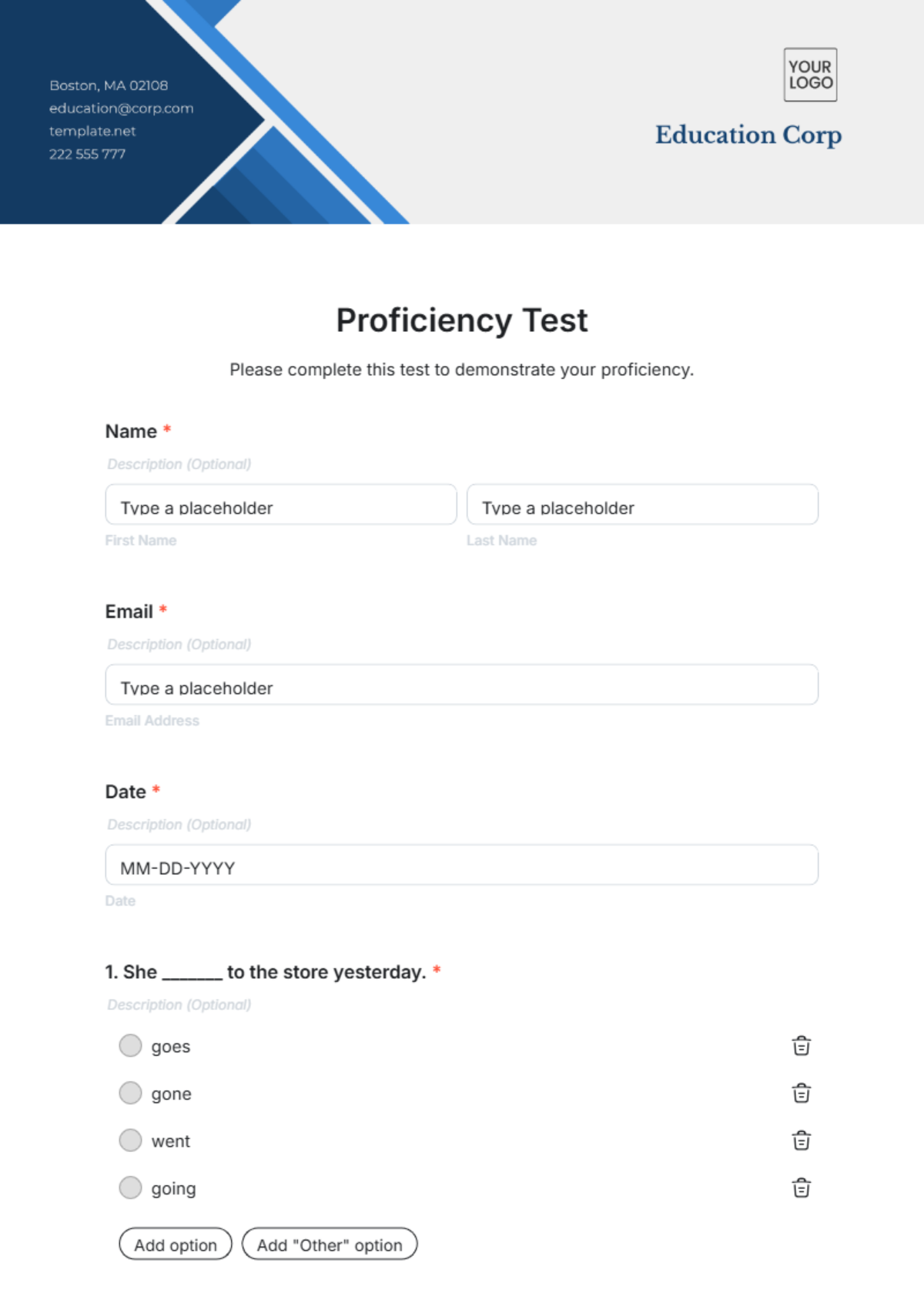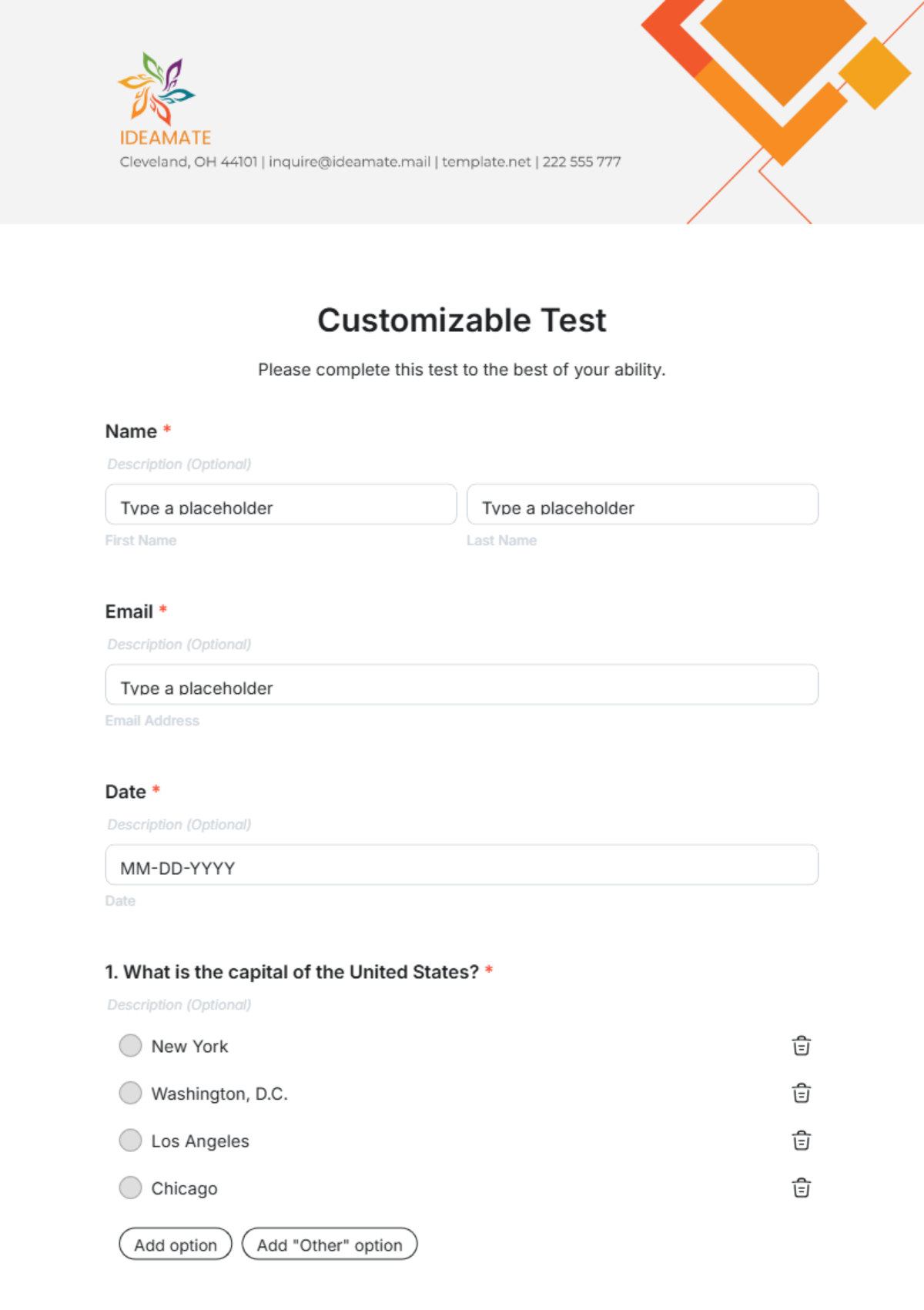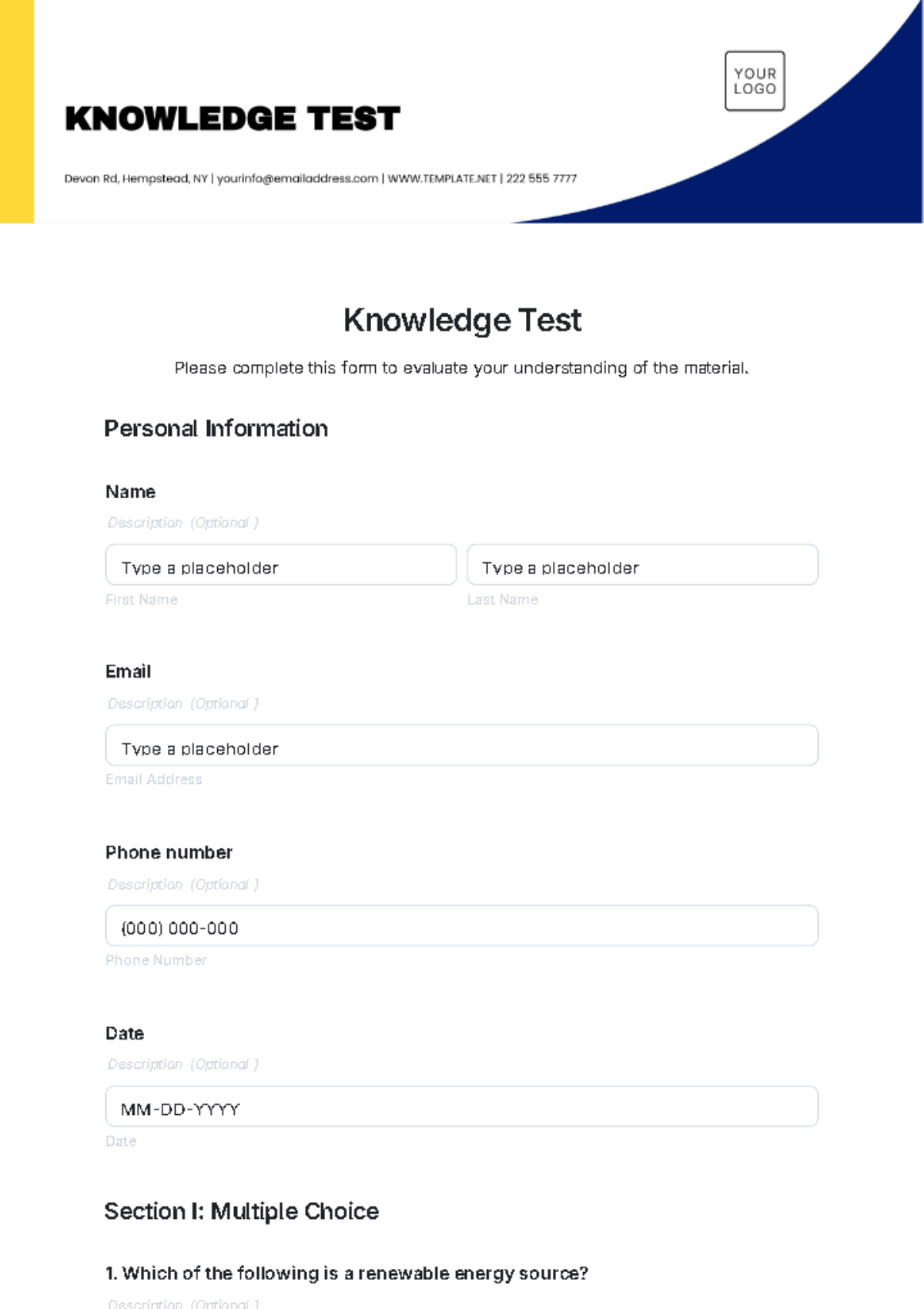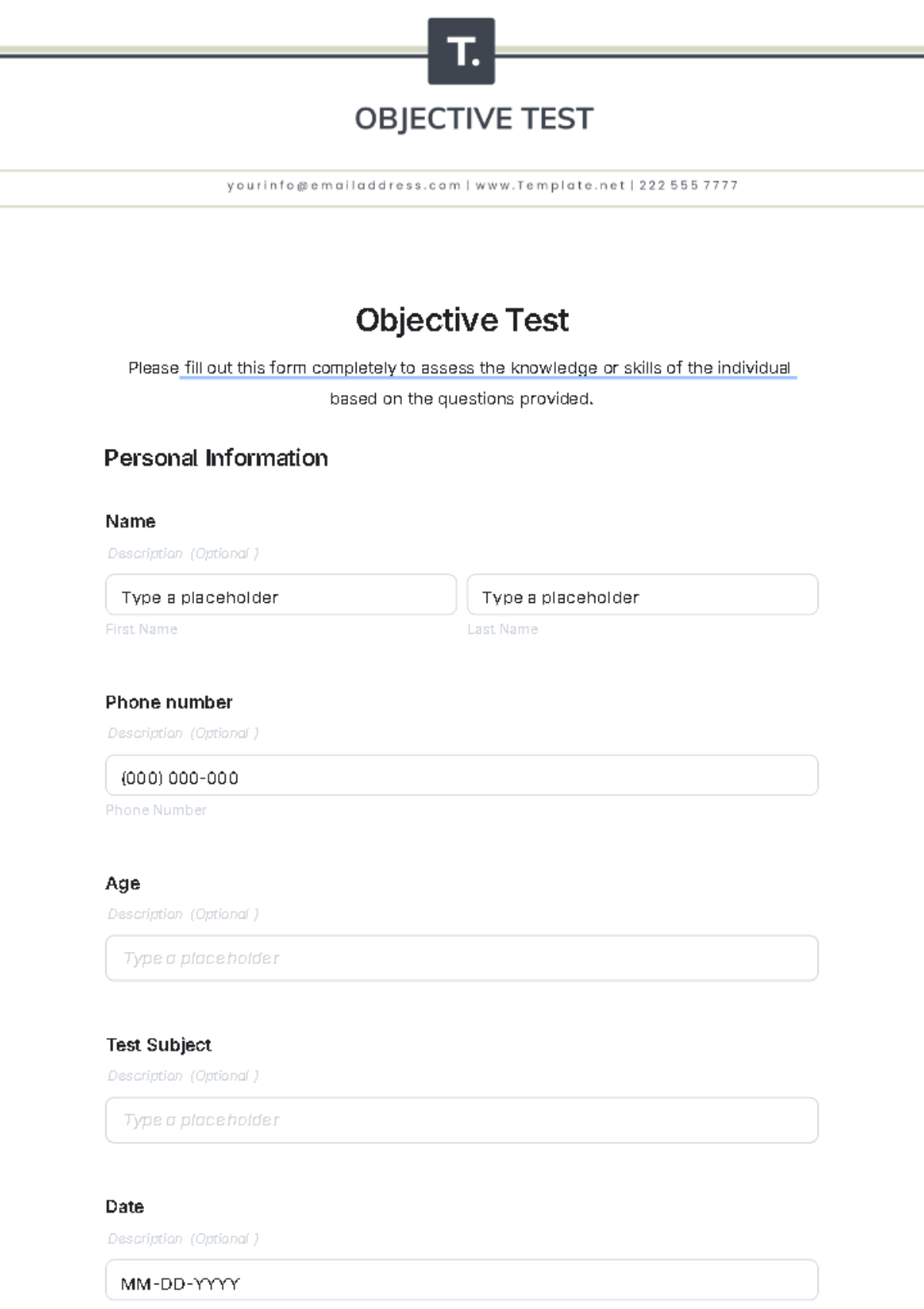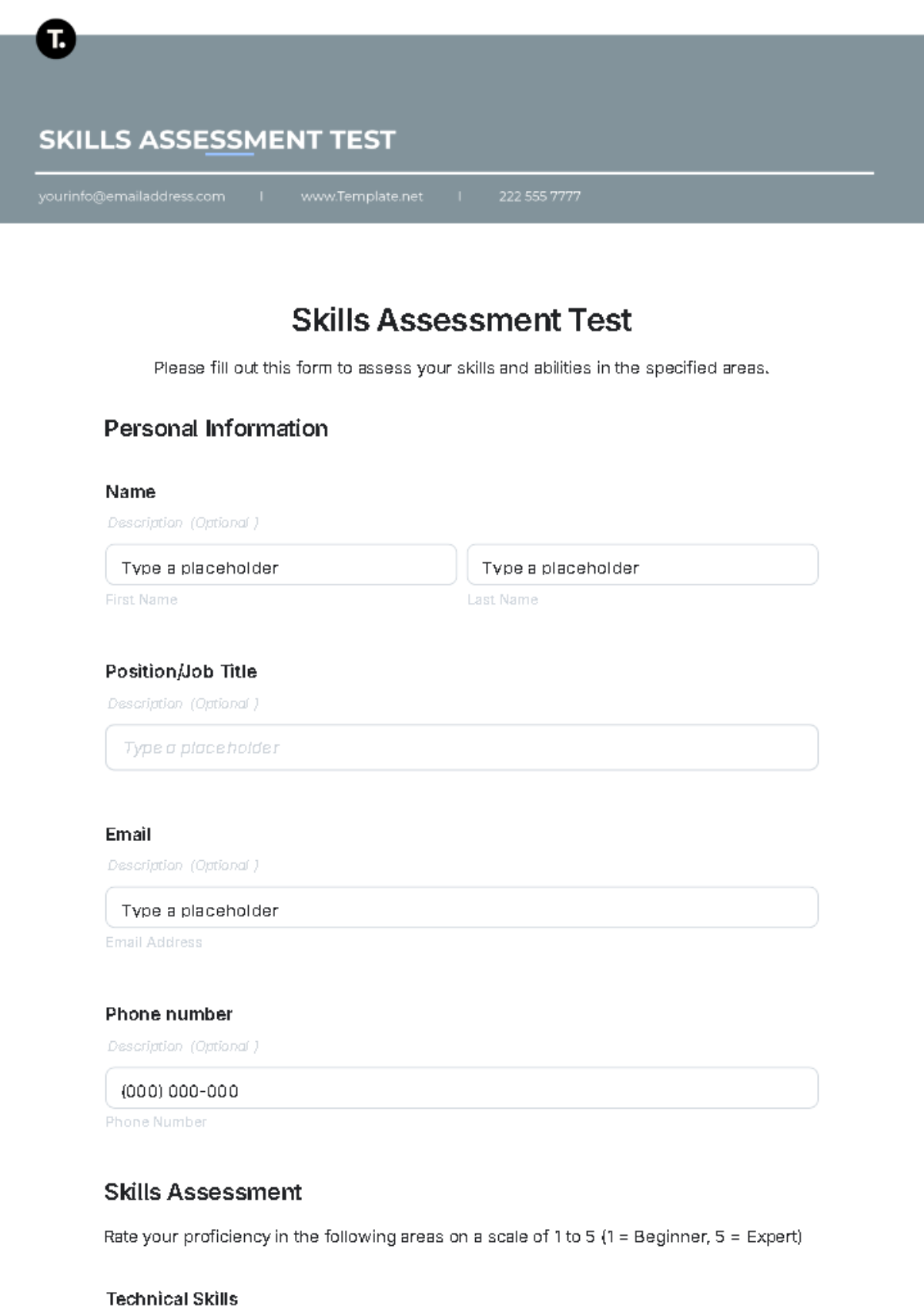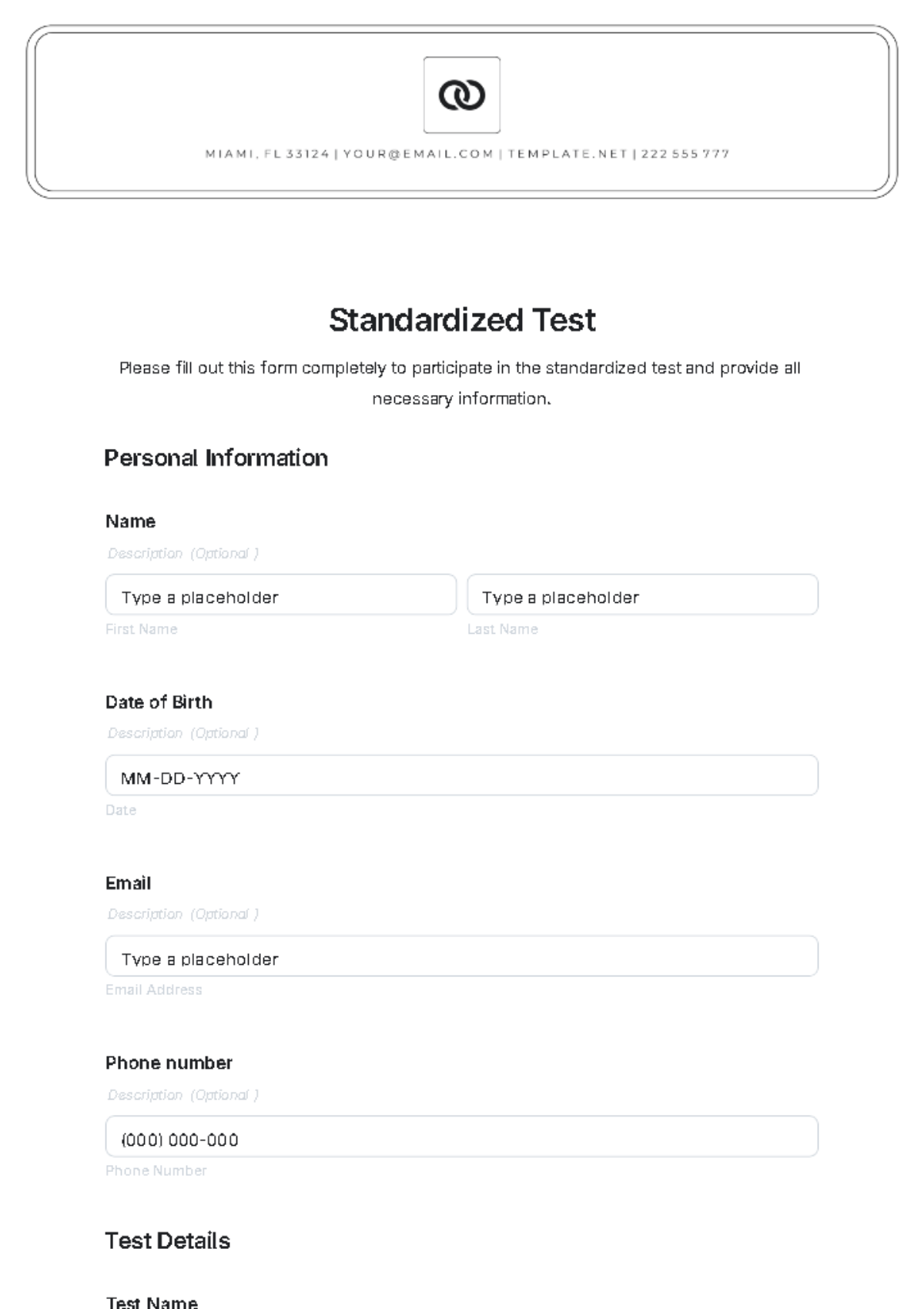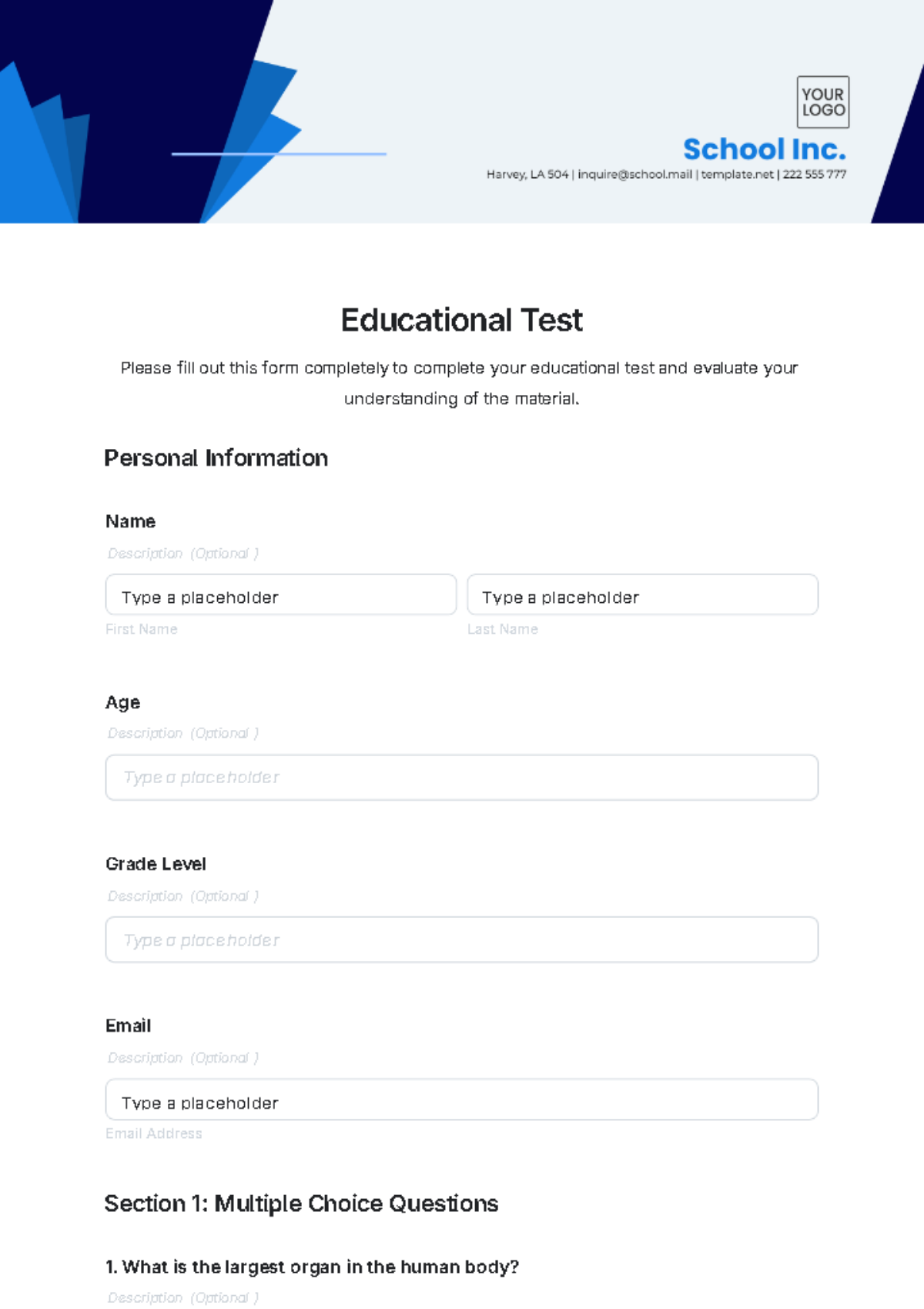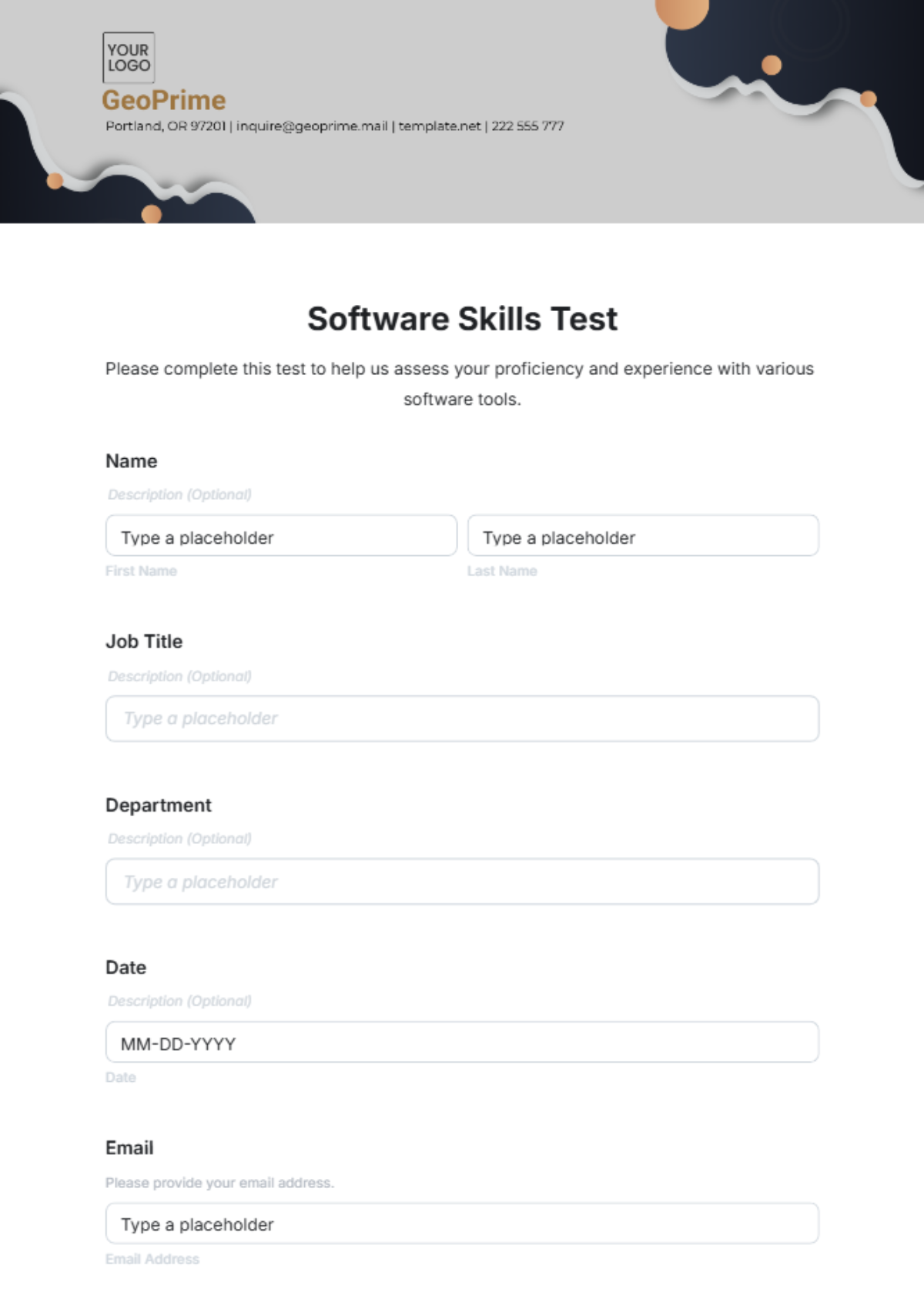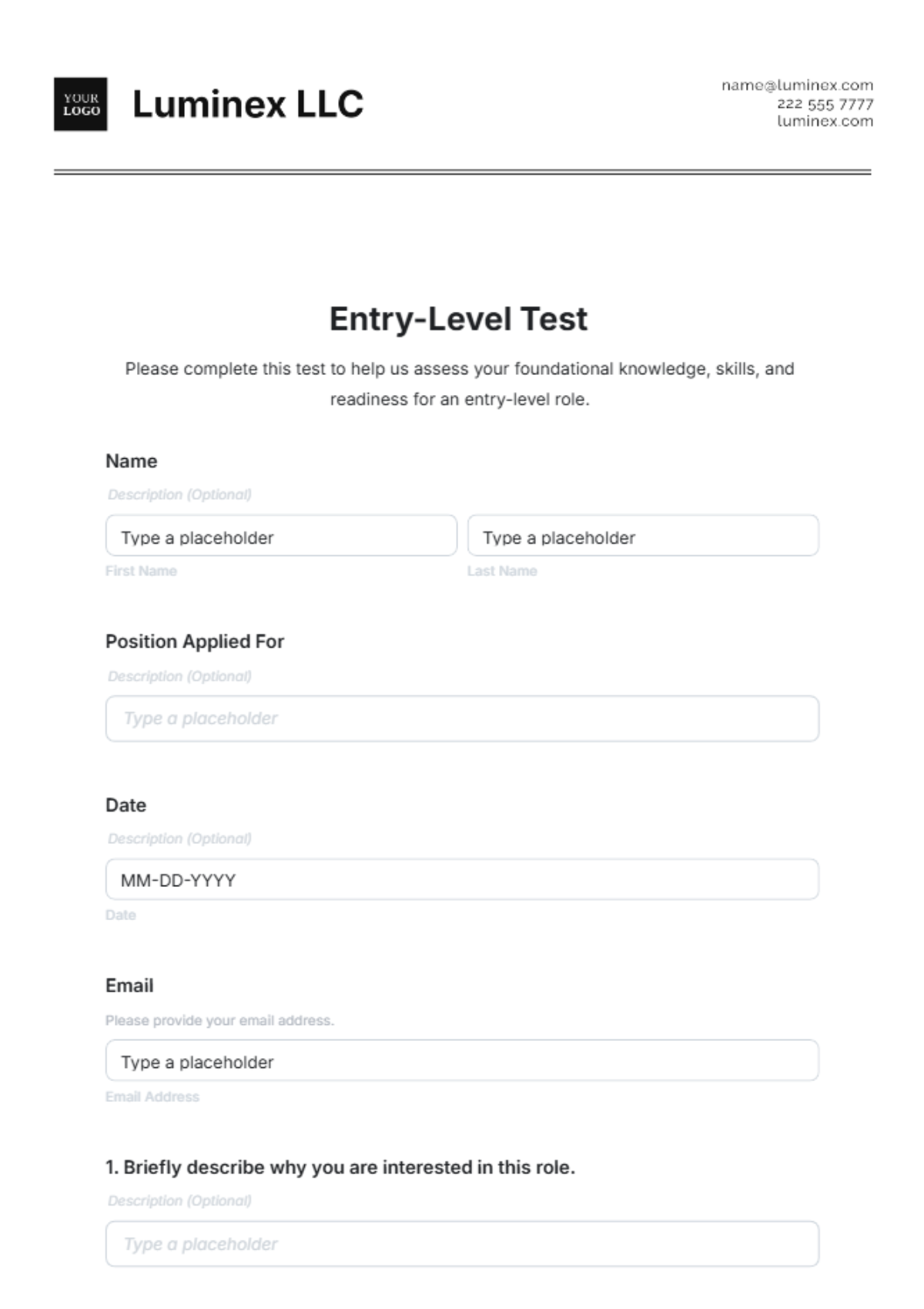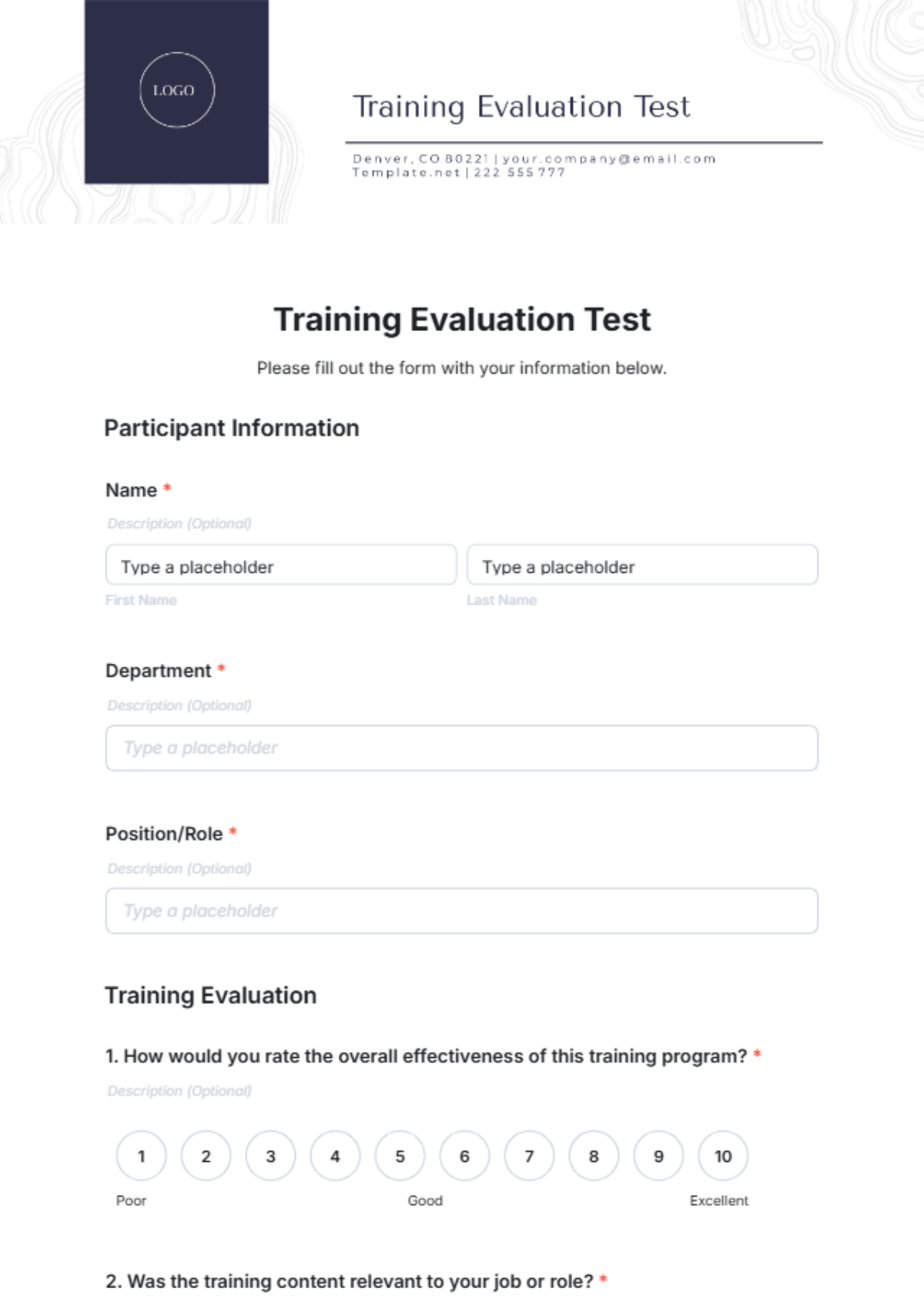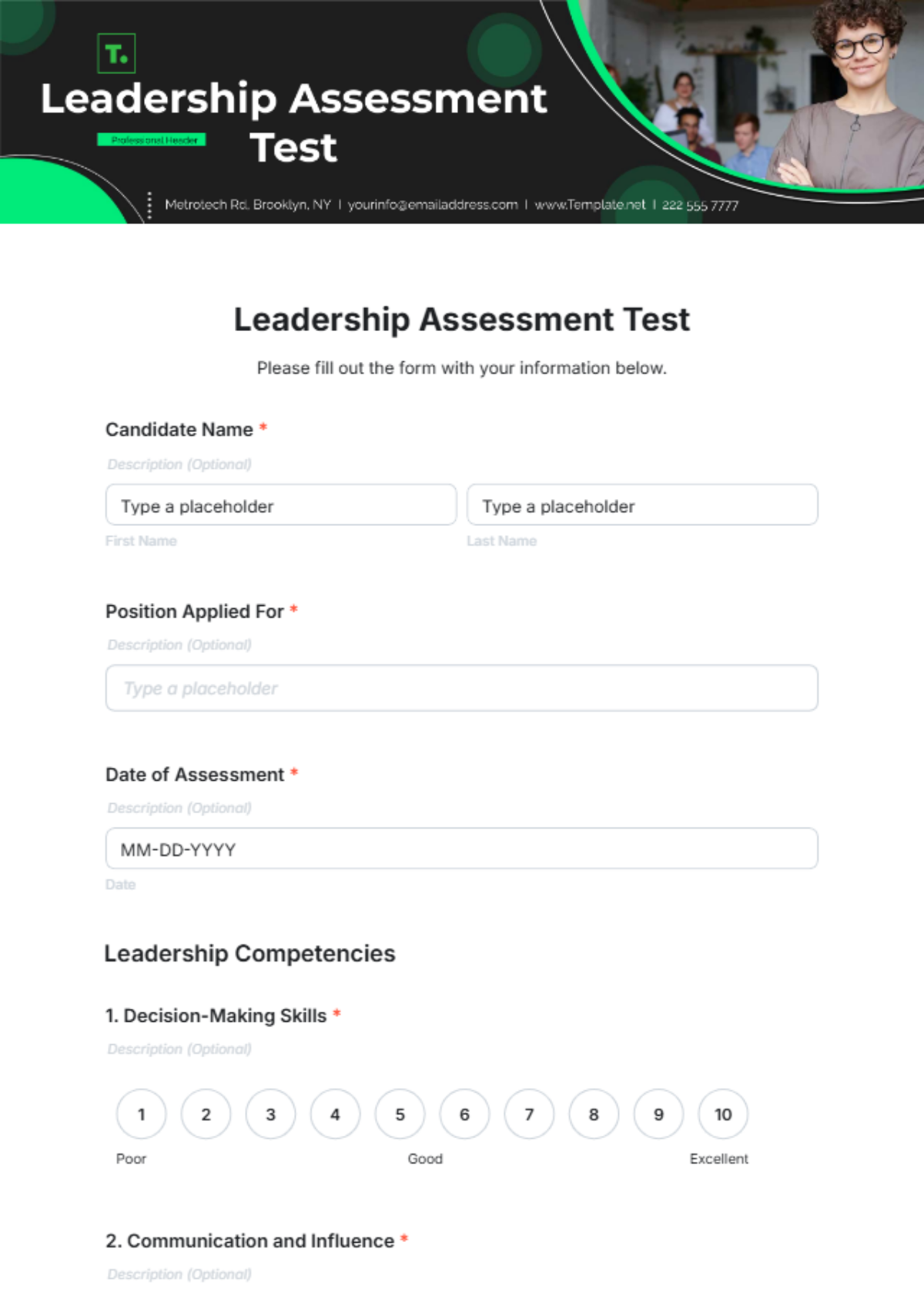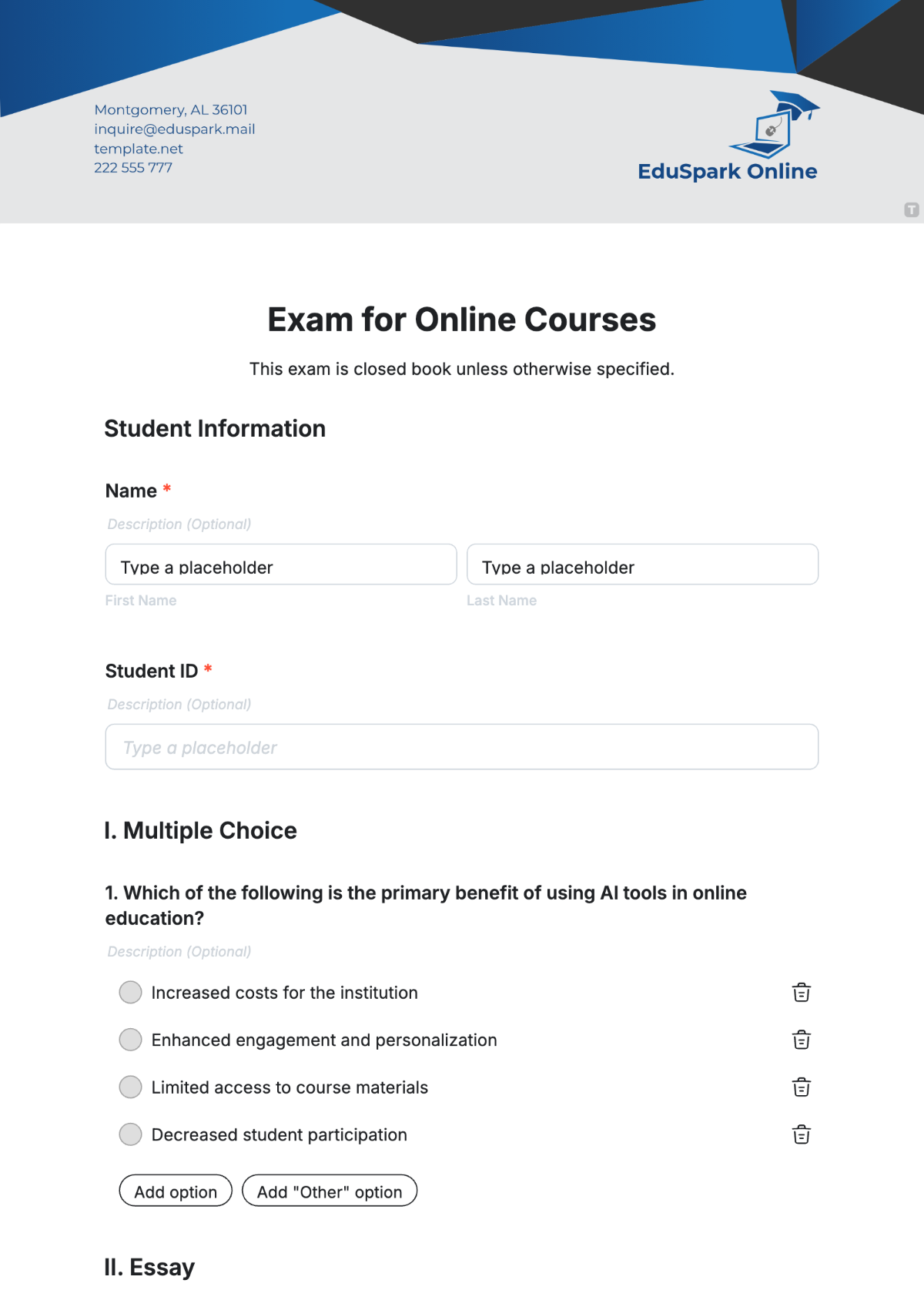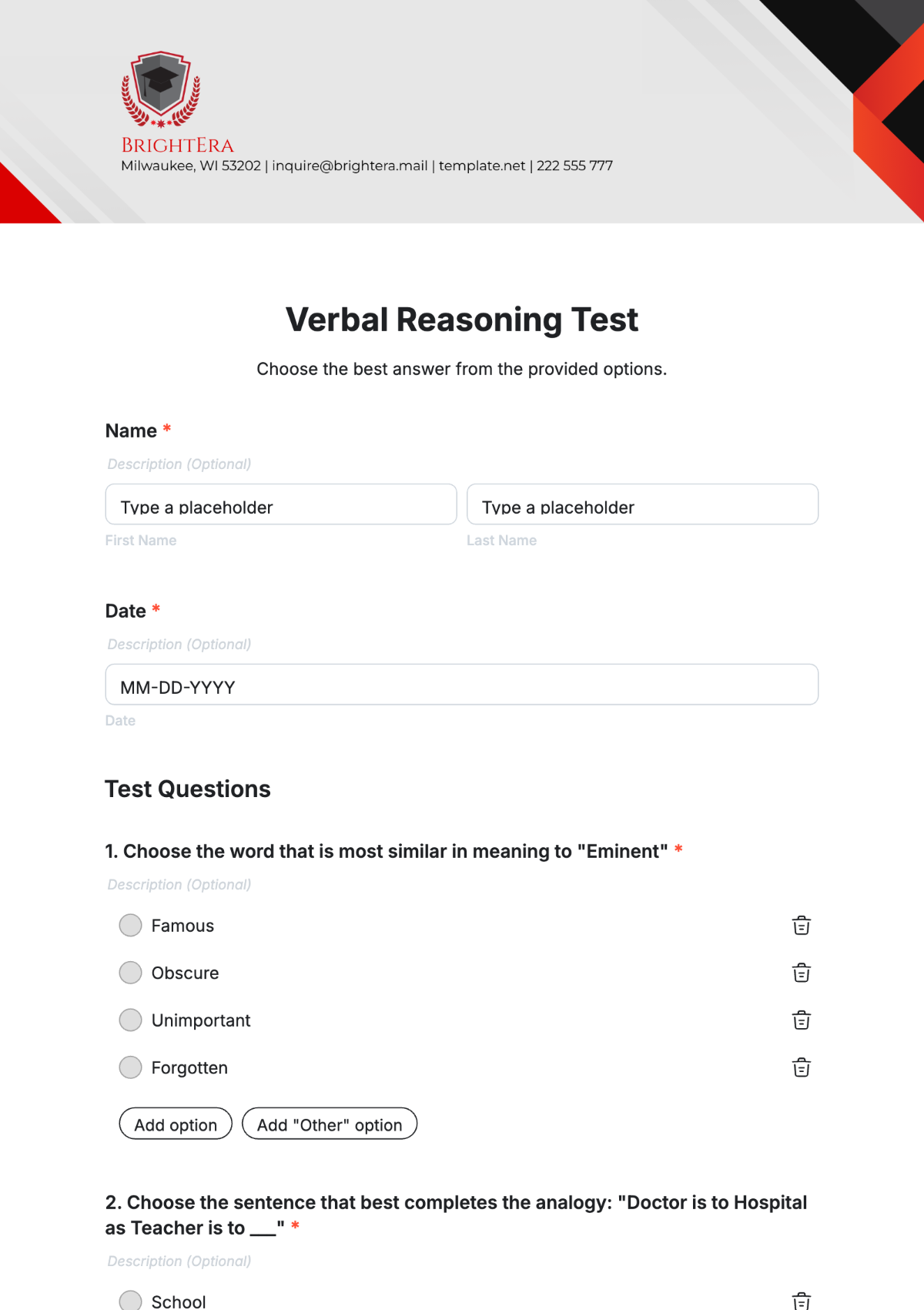Verification Test Protocol
Name: | [Your Name] |
|---|---|
Company Name: | [Your Company Name] |
Department: | [Your Department] |
Date: | [Date] |
Introduction
This Verification Test Protocol is designed to systematically validate manufacturing processes to ensure adherence to specified standards and regulations. By implementing this protocol, engineers can effectively verify the reliability and consistency of manufacturing processes, thereby enhancing product quality and operational efficiency.
Objectives
The primary objective of this protocol is to promptly inform engineers about the verification of manufacturing processes. Specific objectives include:
To ensure compliance with established quality standards and regulatory requirements.
To identify and rectify any deviations or discrepancies in manufacturing processes.
To optimize manufacturing efficiency and minimize production errors.
To enhance product quality and consistency.
Protocol Overview
This protocol will involve a series of systematic procedures to verify various aspects of manufacturing processes, including but not limited to material handling, equipment calibration, and procedural adherence. Through comprehensive testing and data analysis, engineers will assess the efficacy and reliability of the manufacturing processes under scrutiny.
Materials and Equipment
Test specimens or samples representative of the manufacturing process.
Calibrated measuring instruments and equipment.
Standard operating procedures (SOPs) documentation.
Safety gear including goggles, gloves, and lab coats.
Methods/Procedure
Preparation: Gather all necessary materials and equipment according to the specified requirements.
Calibration: Ensure that all measuring instruments and equipment are properly calibrated and functioning accurately.
Test Setup: Set up the testing environment by predetermined parameters and conditions.
Execution: Perform the verification tests as outlined in the designated procedures and SOPs.
Data Collection: Record all relevant data and observations meticulously during the testing process.
Analysis: Analyze the collected data to evaluate the performance and reliability of the manufacturing processes.
Reporting: Prepare a comprehensive report summarizing the findings, including any deviations or discrepancies encountered.
Data Collection
Data collected during the verification tests will include but are not limited to:
Measurement readings
Observations of process parameters
Incidents or deviations from expected results
Safety Considerations
Prioritize safety protocols and ensure the use of appropriate safety gear throughout the testing process.
Maintain clear communication regarding potential hazards and emergency procedures.
Conduct a risk assessment before initiating any testing activities.
Adhere to relevant safety regulations and guidelines.
Expected Results
The expected results of this verification test protocol include:
Confirmation of compliance with specified quality standards and regulatory requirements.
Identification and resolution of any deviations or discrepancies in manufacturing processes.
Optimization of manufacturing efficiency and minimization of production errors.
Enhanced product quality and consistency.
Conclusion
In conclusion, this Verification Test Protocol provides a structured framework for promptly informing engineers about the verification of manufacturing processes. By adhering to this protocol, manufacturers can ensure the reliability, consistency, and compliance of their manufacturing operations, ultimately contributing to improved product quality and operational excellence.
